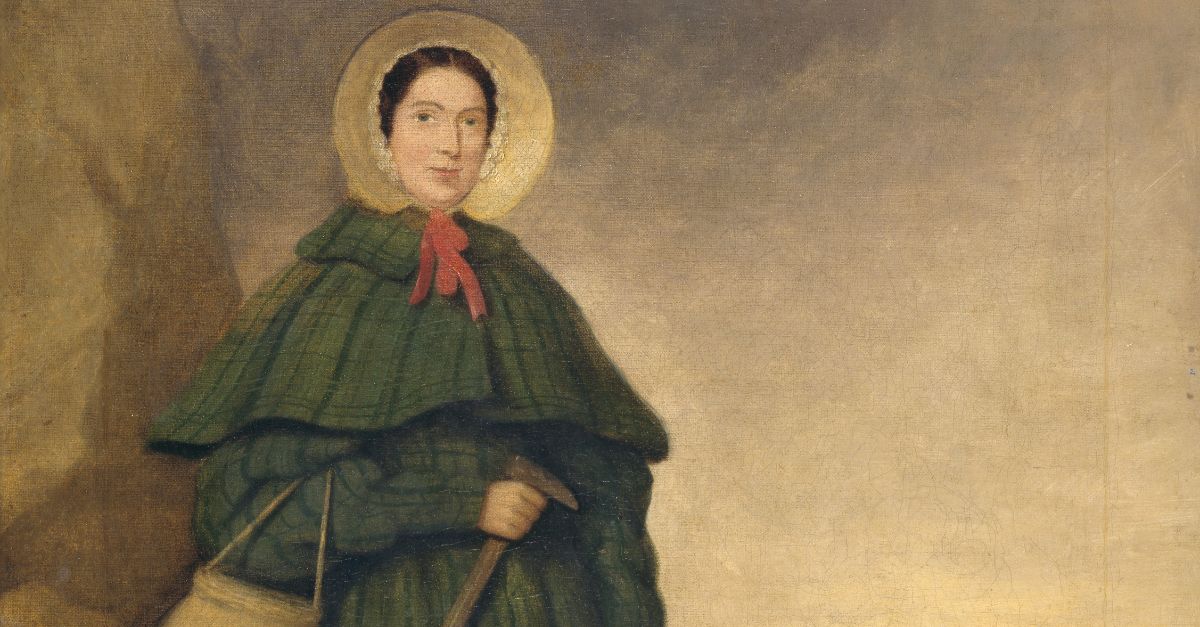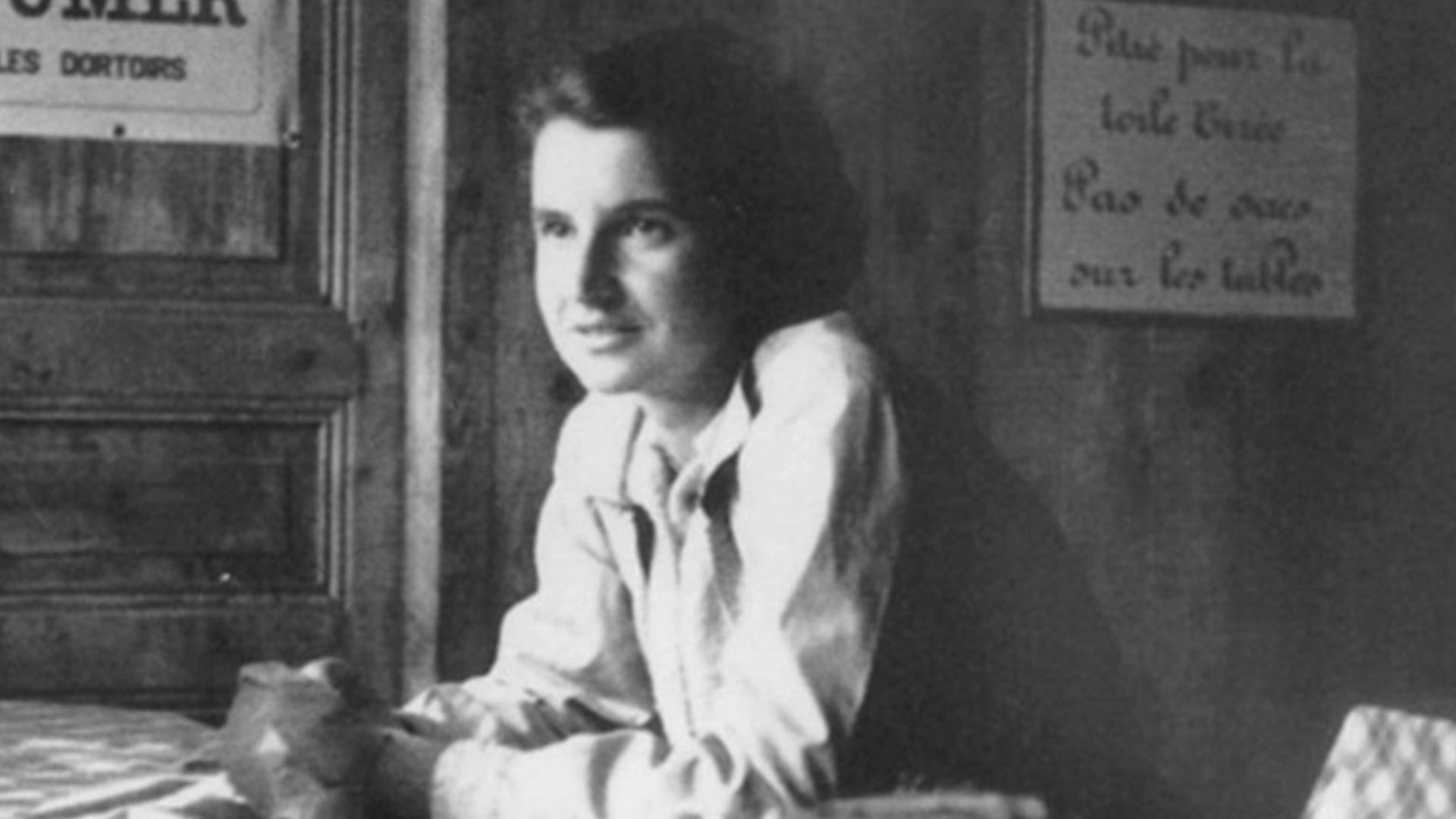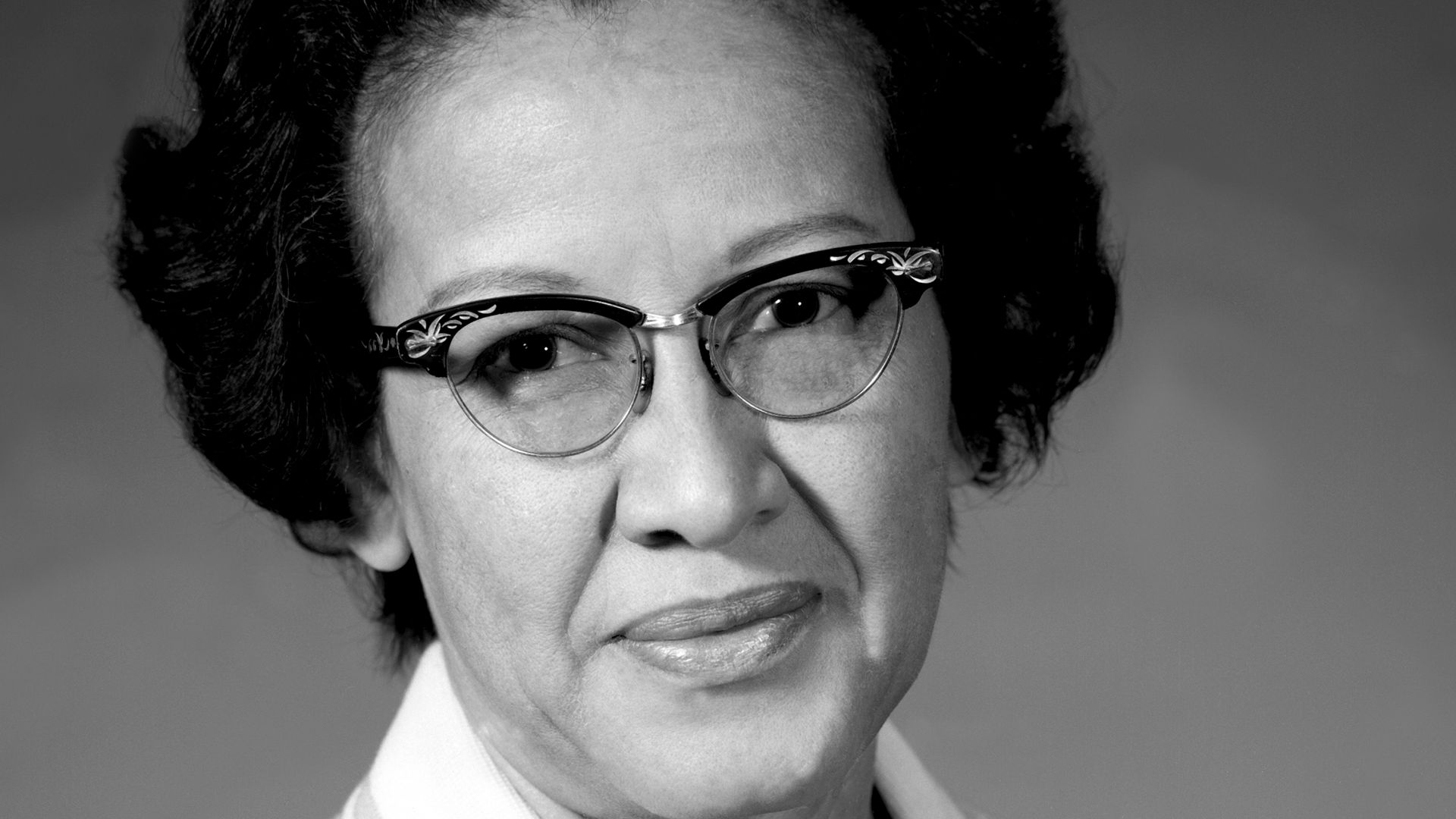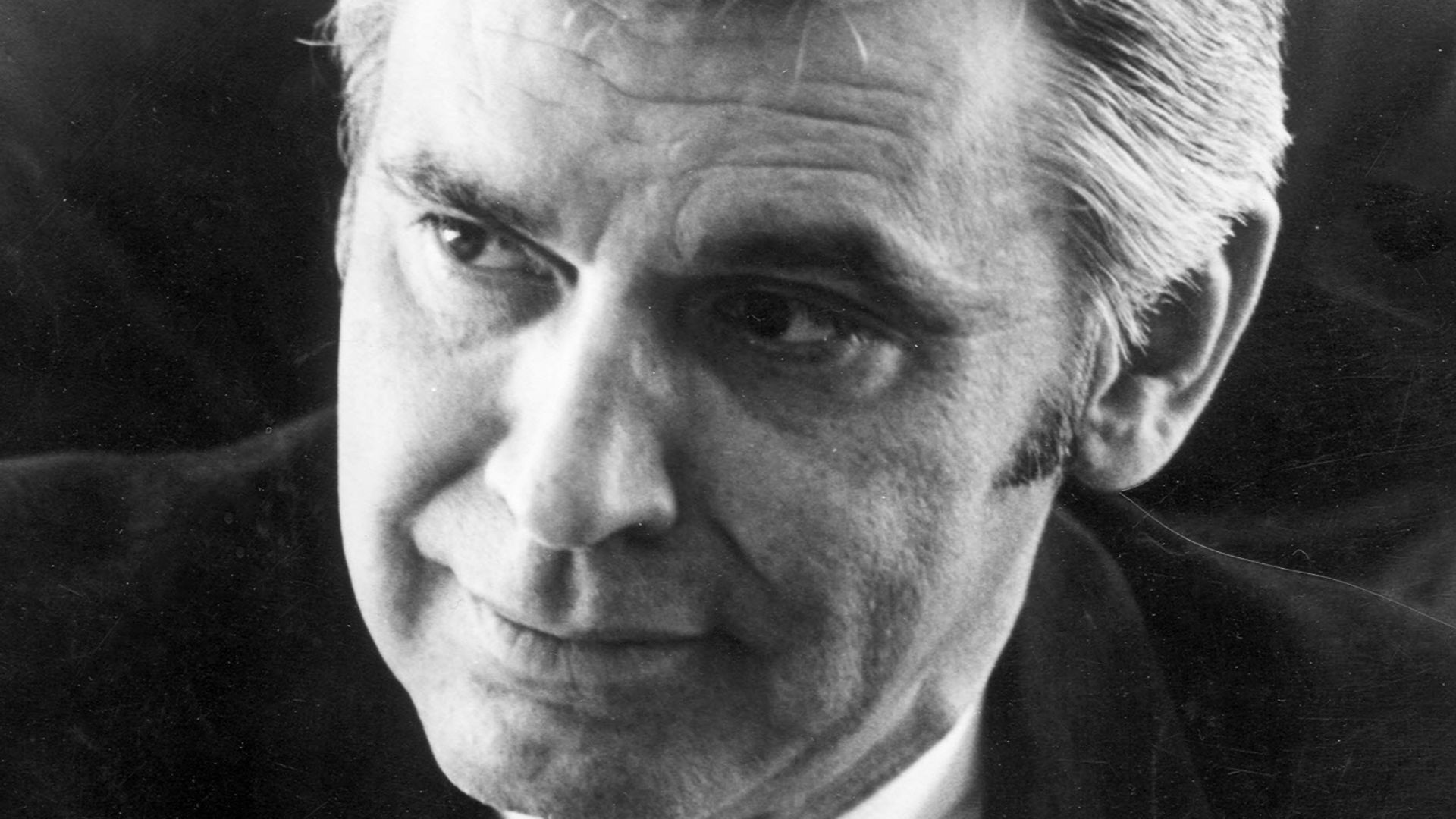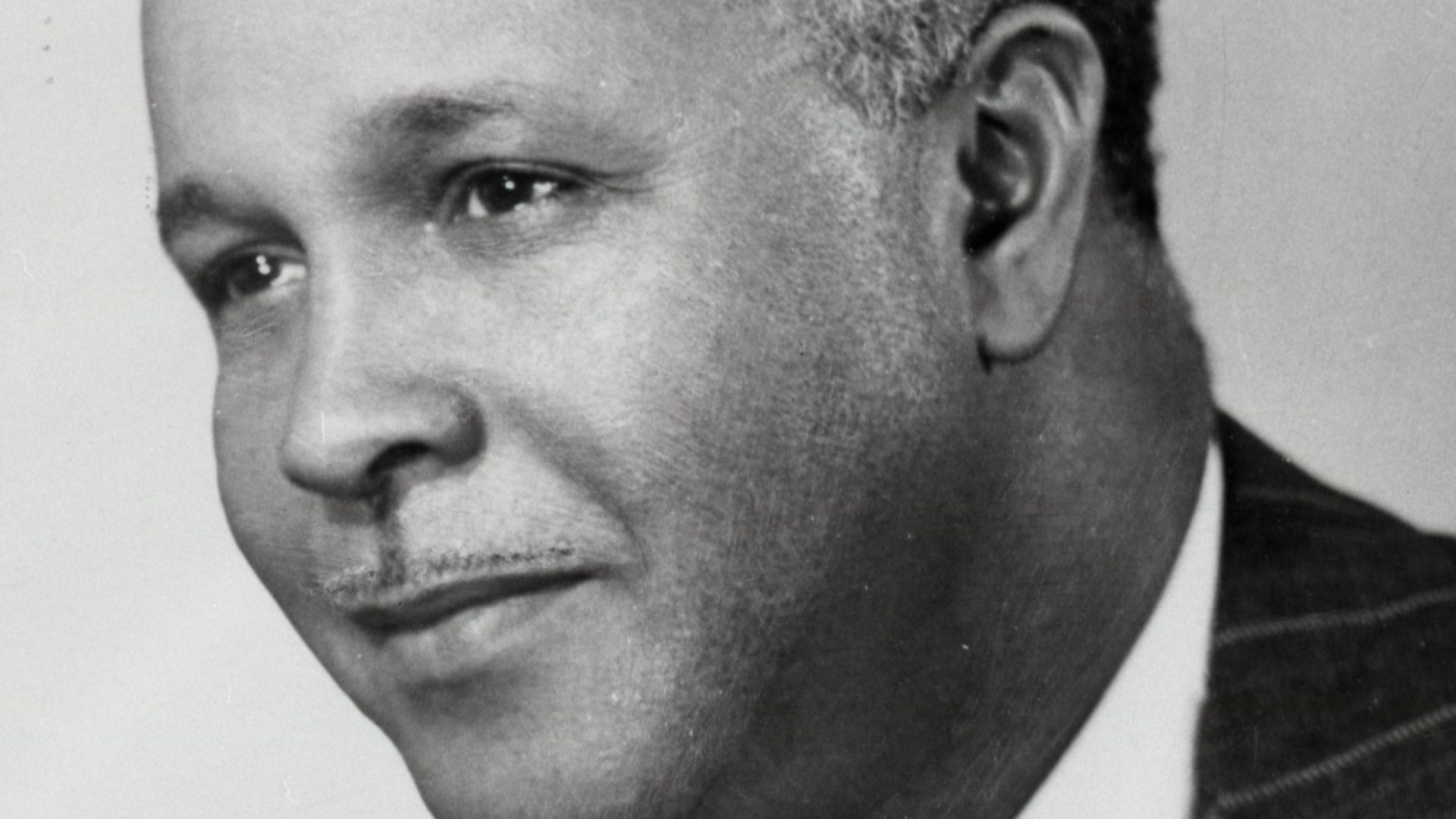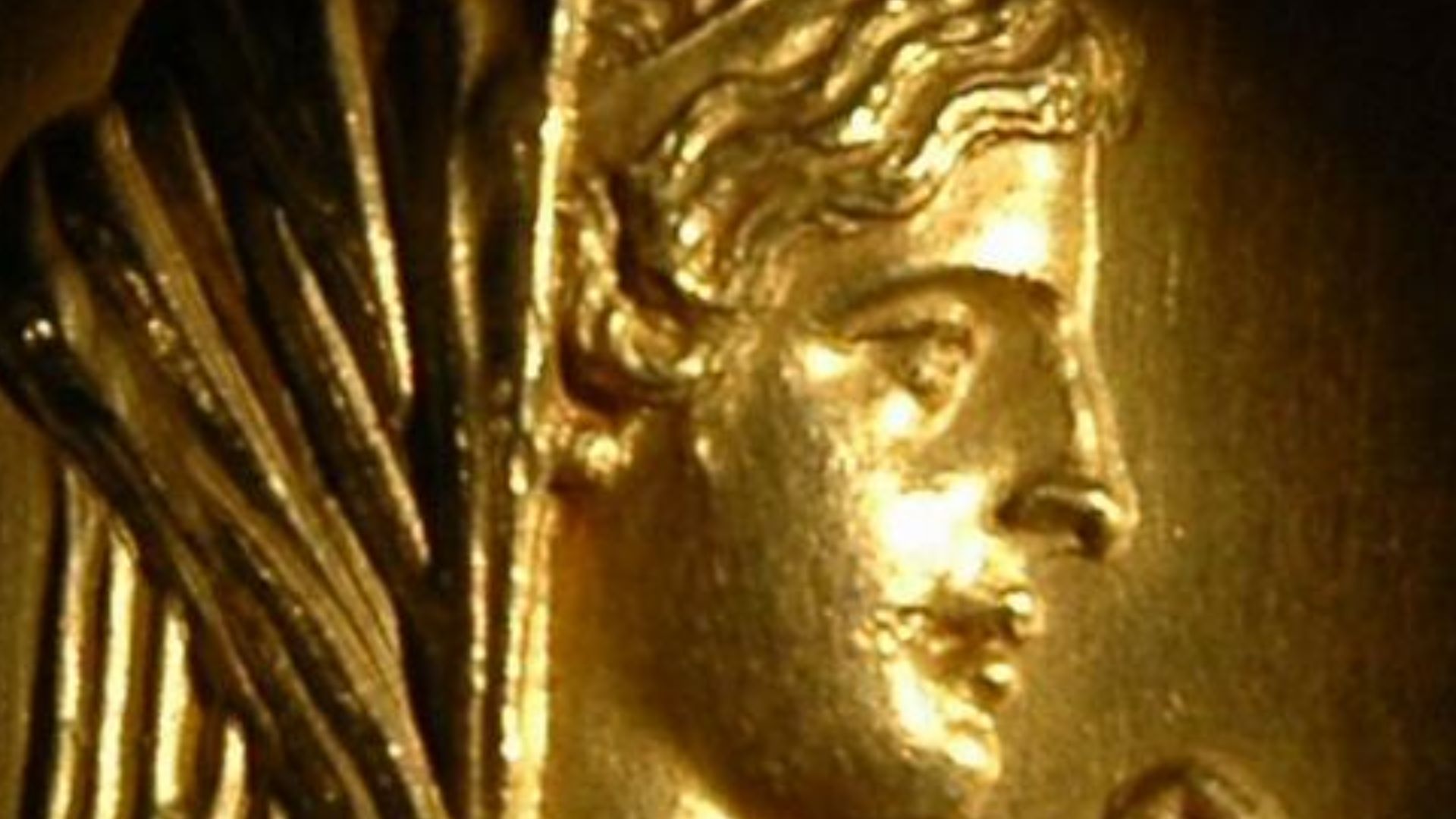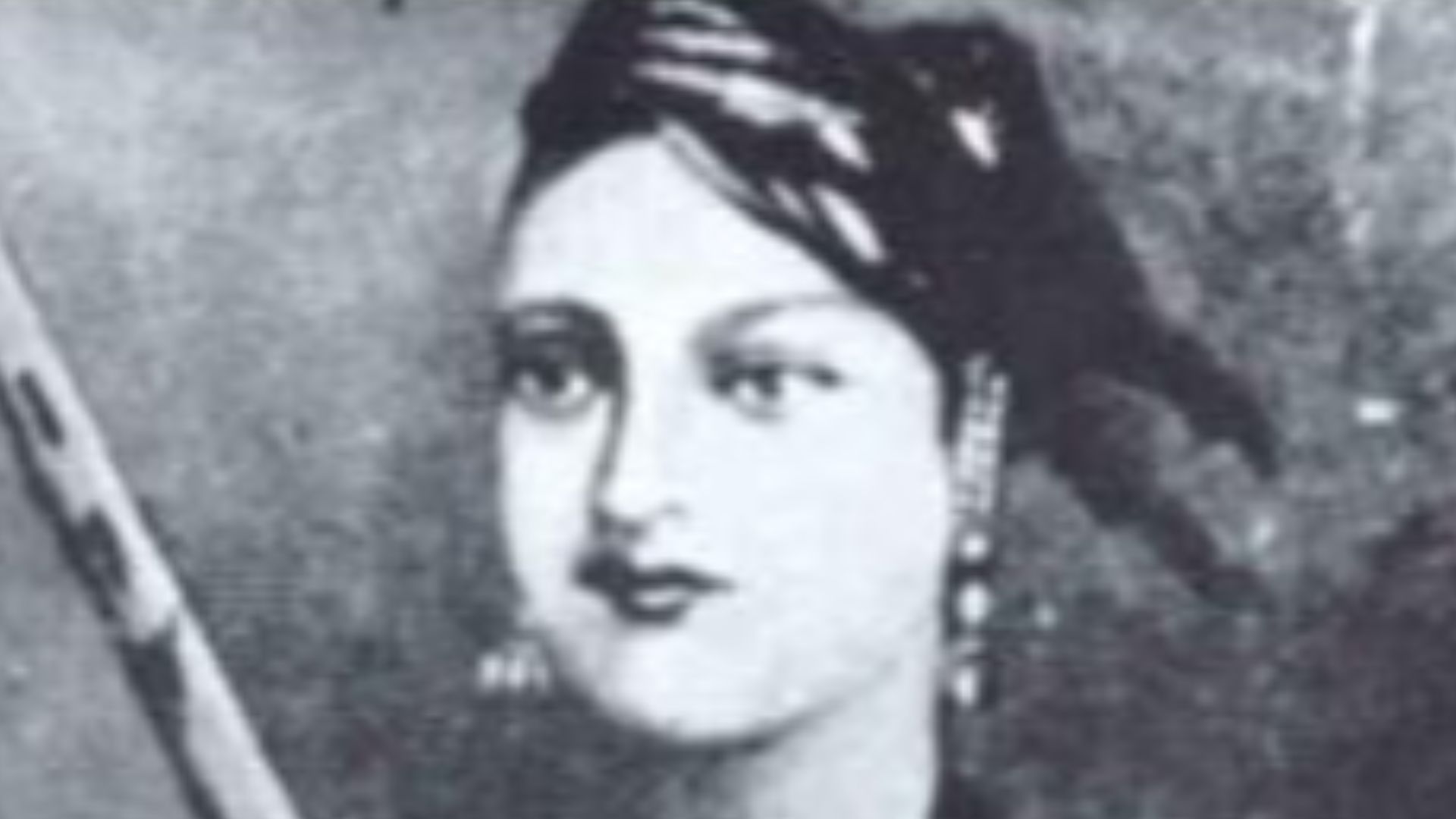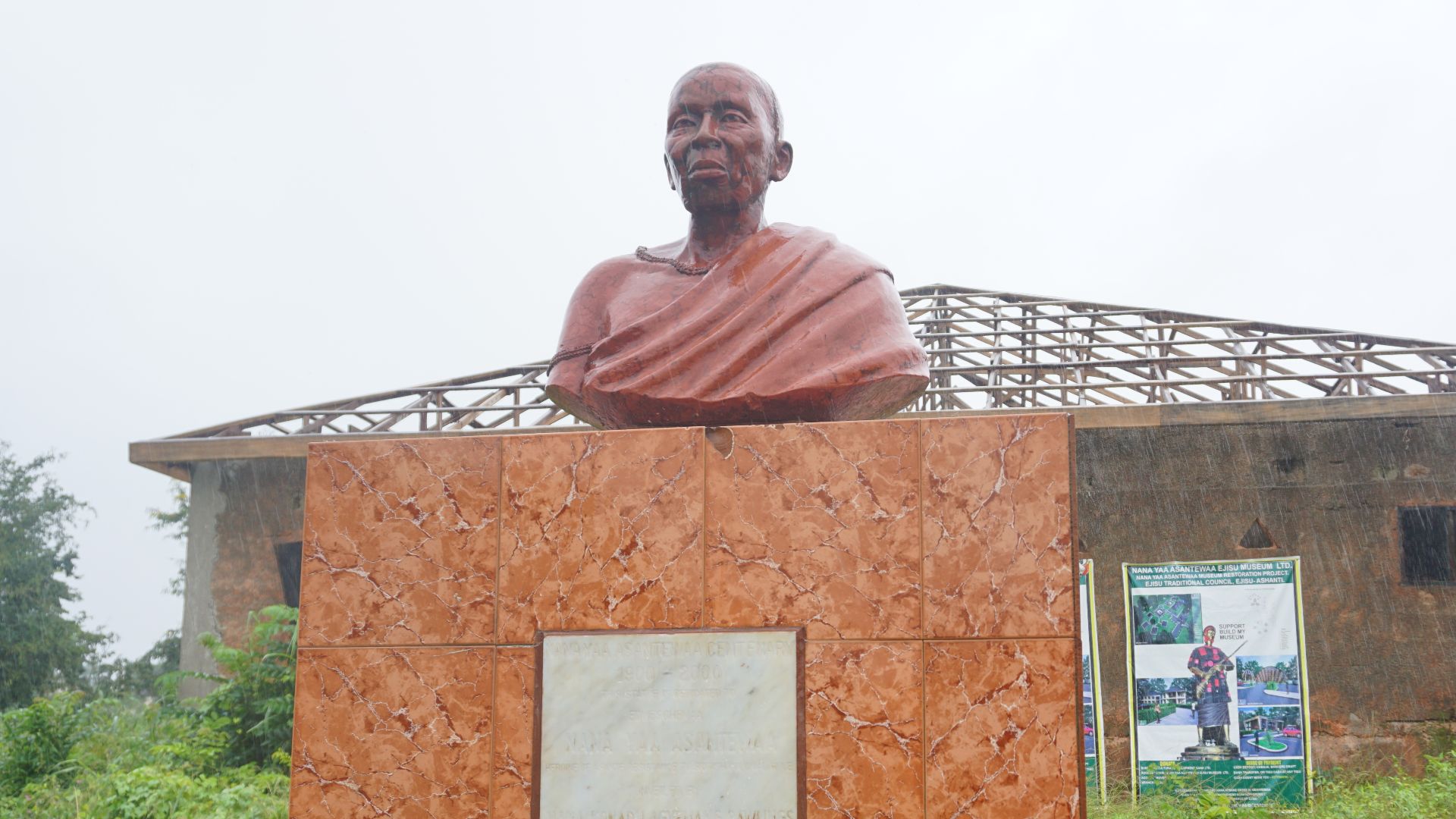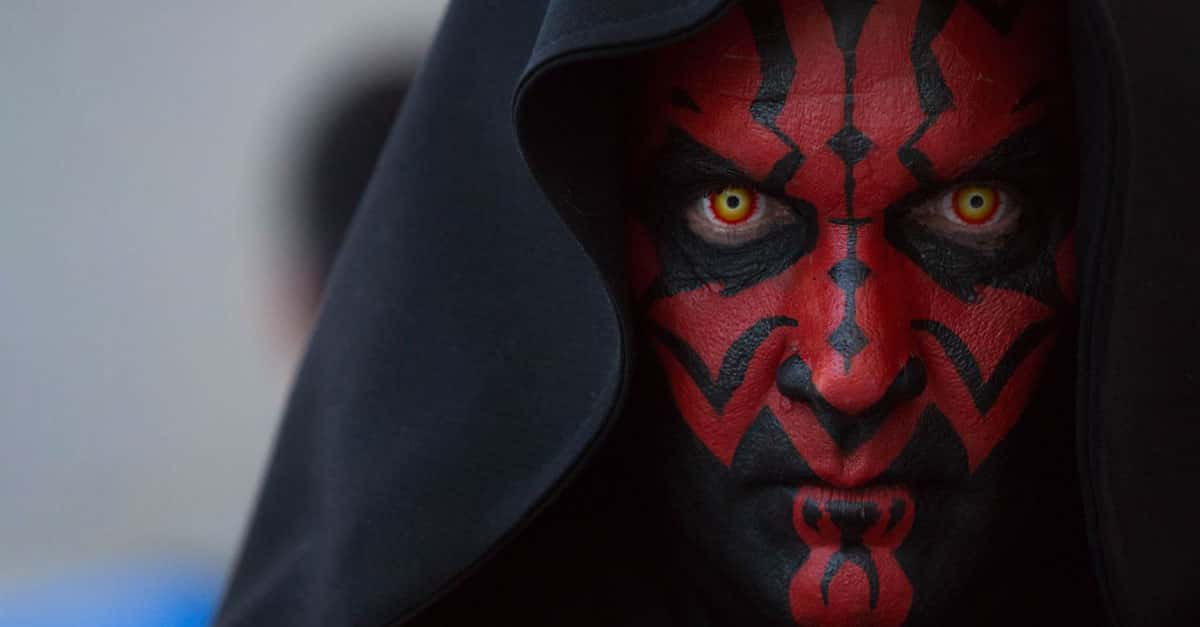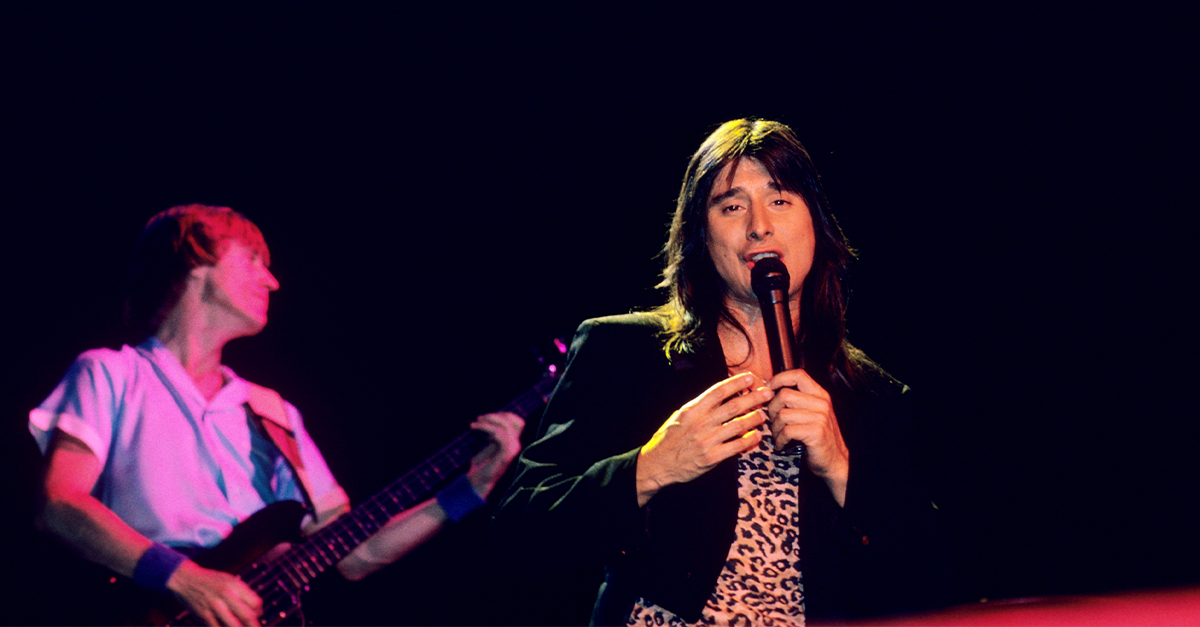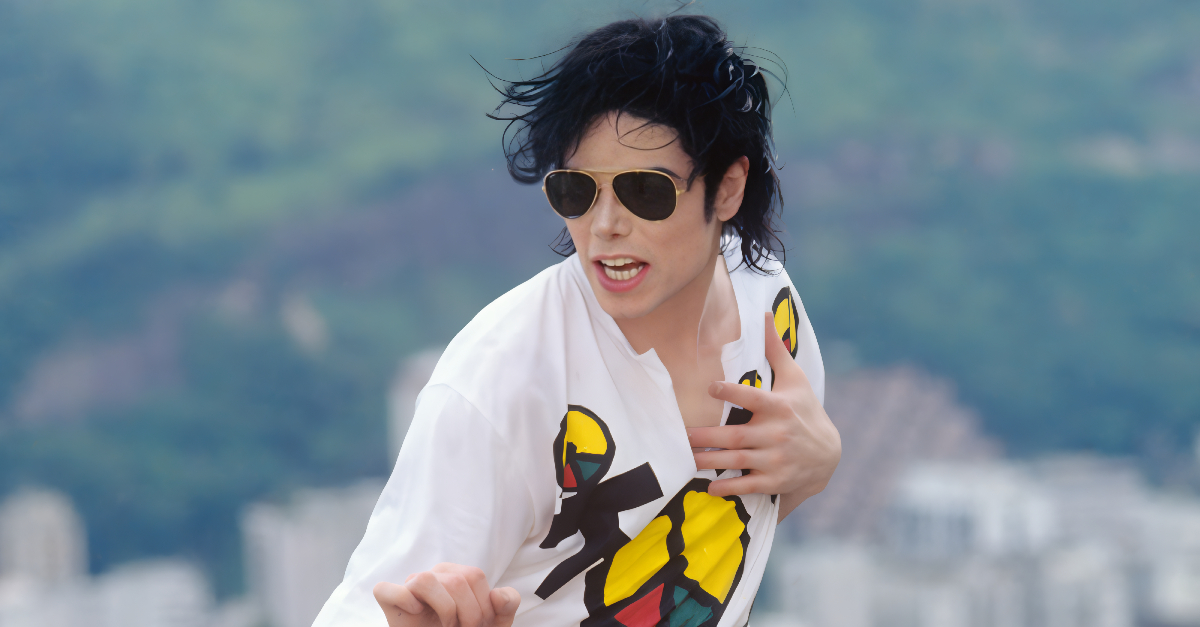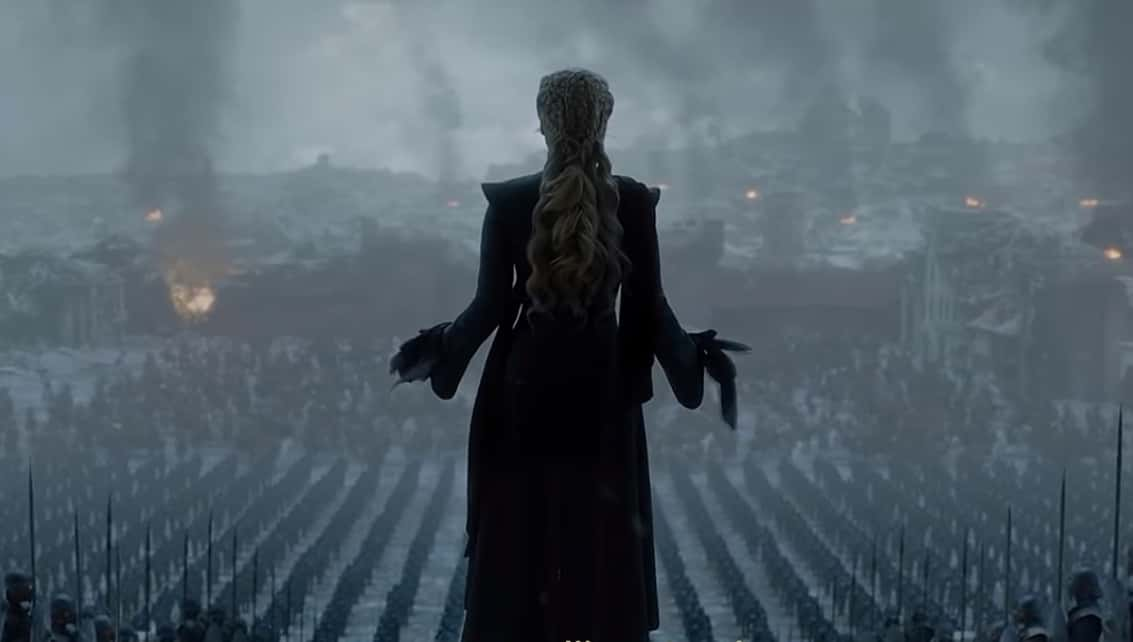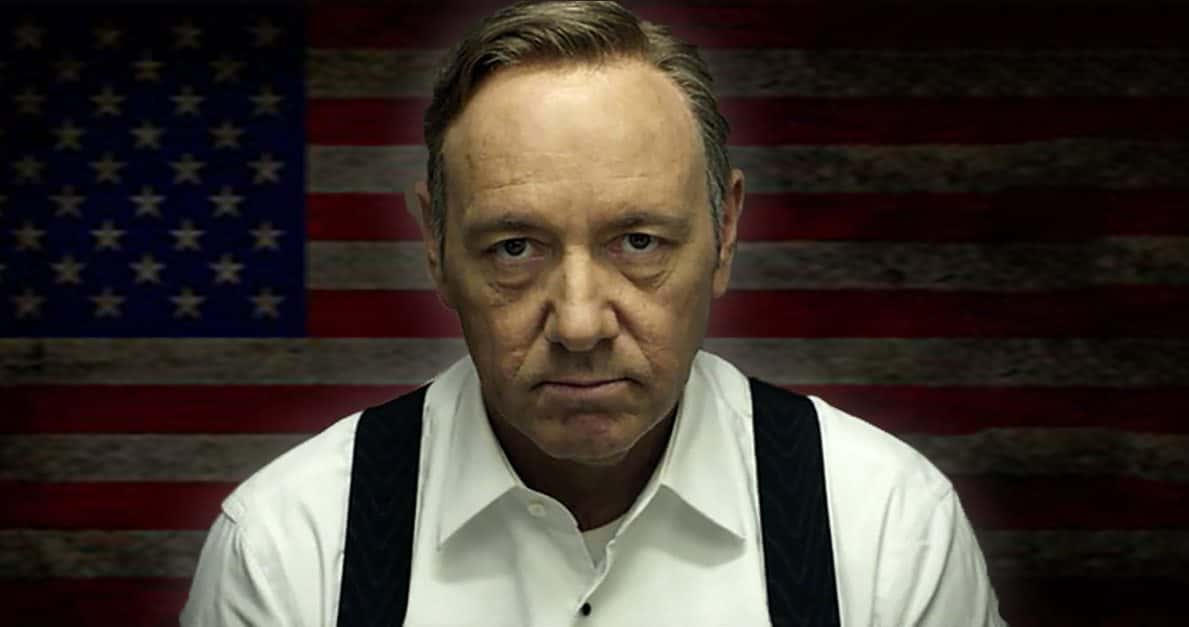Buried Histories
History likes a tidy narrative with famous names and the loudest victories. But in the shadows of every statue and textbook, there are warriors who changed the world in their own ways.
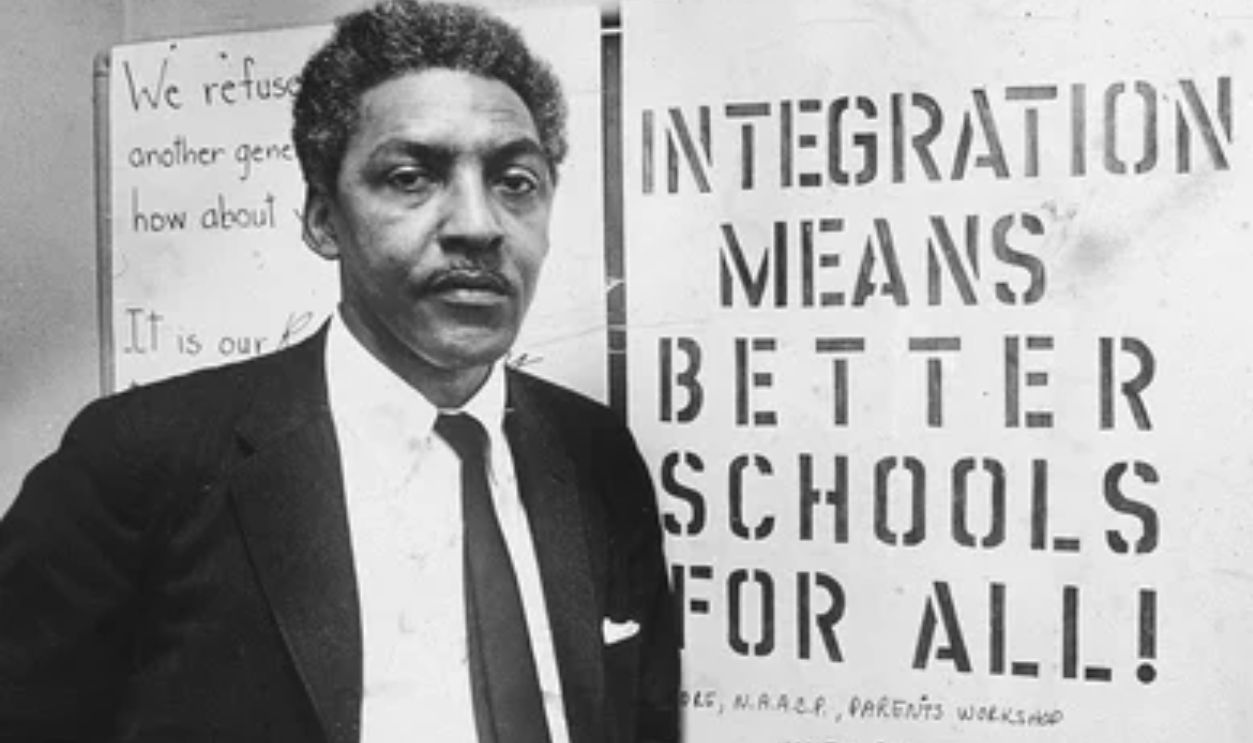
Alice Augusta Ball
At just 23, Alice Ball cracked the code to treat leprosy using chaulmoogra oil—something no one else had managed. Her method was revolutionary, but a male colleague took credit after her untimely death. Only decades later, her legacy in medical chemistry was properly reclaimed and honored at the University of Hawaii.
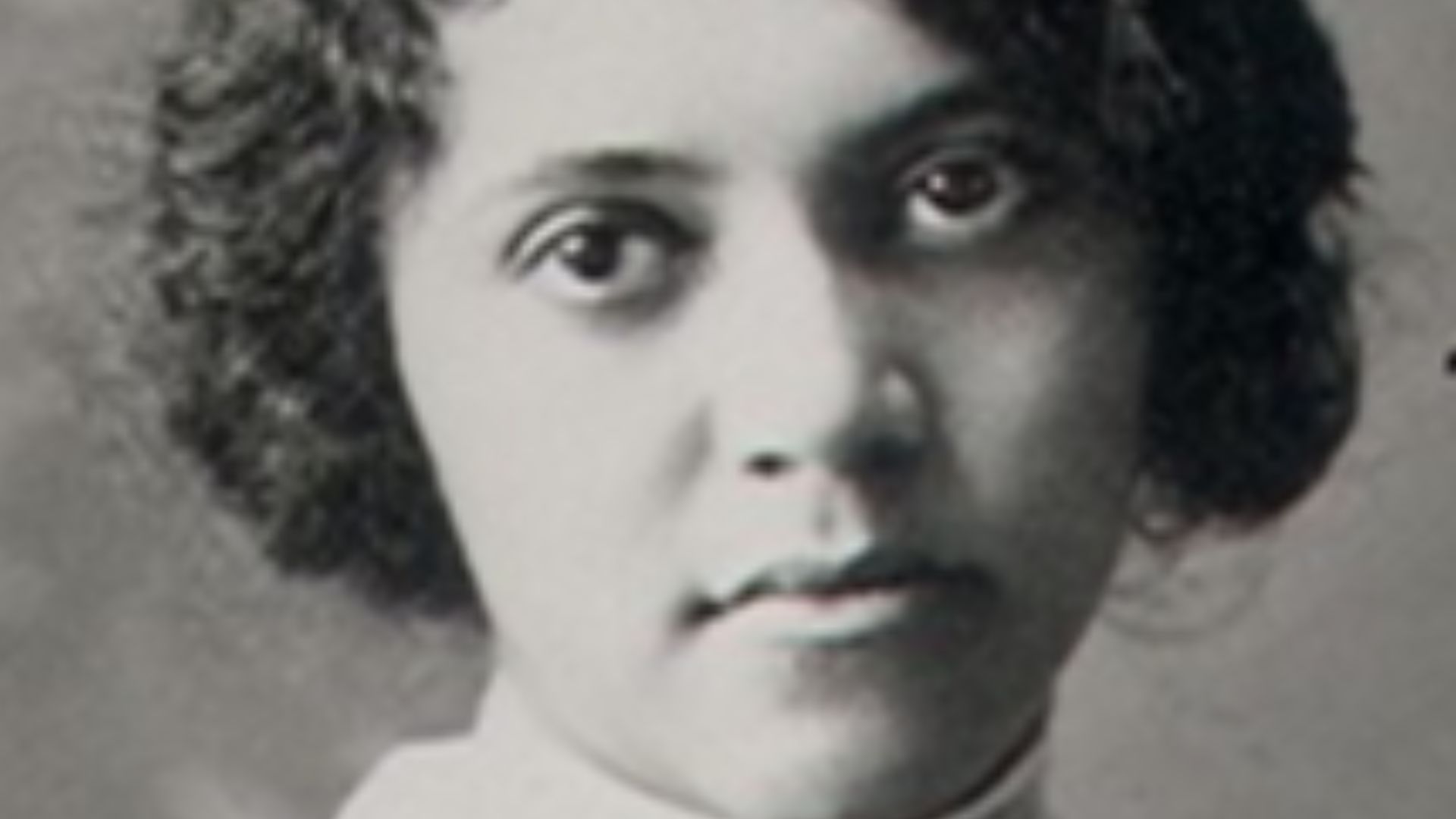 Unknown authorUnknown author, Wikimedia Commons
Unknown authorUnknown author, Wikimedia Commons
Benjamin Banneker
A free Black man in 18th-century America, Banneker built a wooden clock from scratch and helped survey Washington D C. He even challenged Thomas Jefferson on slavery. Despite brilliance in astronomy and engineering, he was largely erased from mainstream memory and overshadowed in a nation that wouldn’t credit a Black intellect.
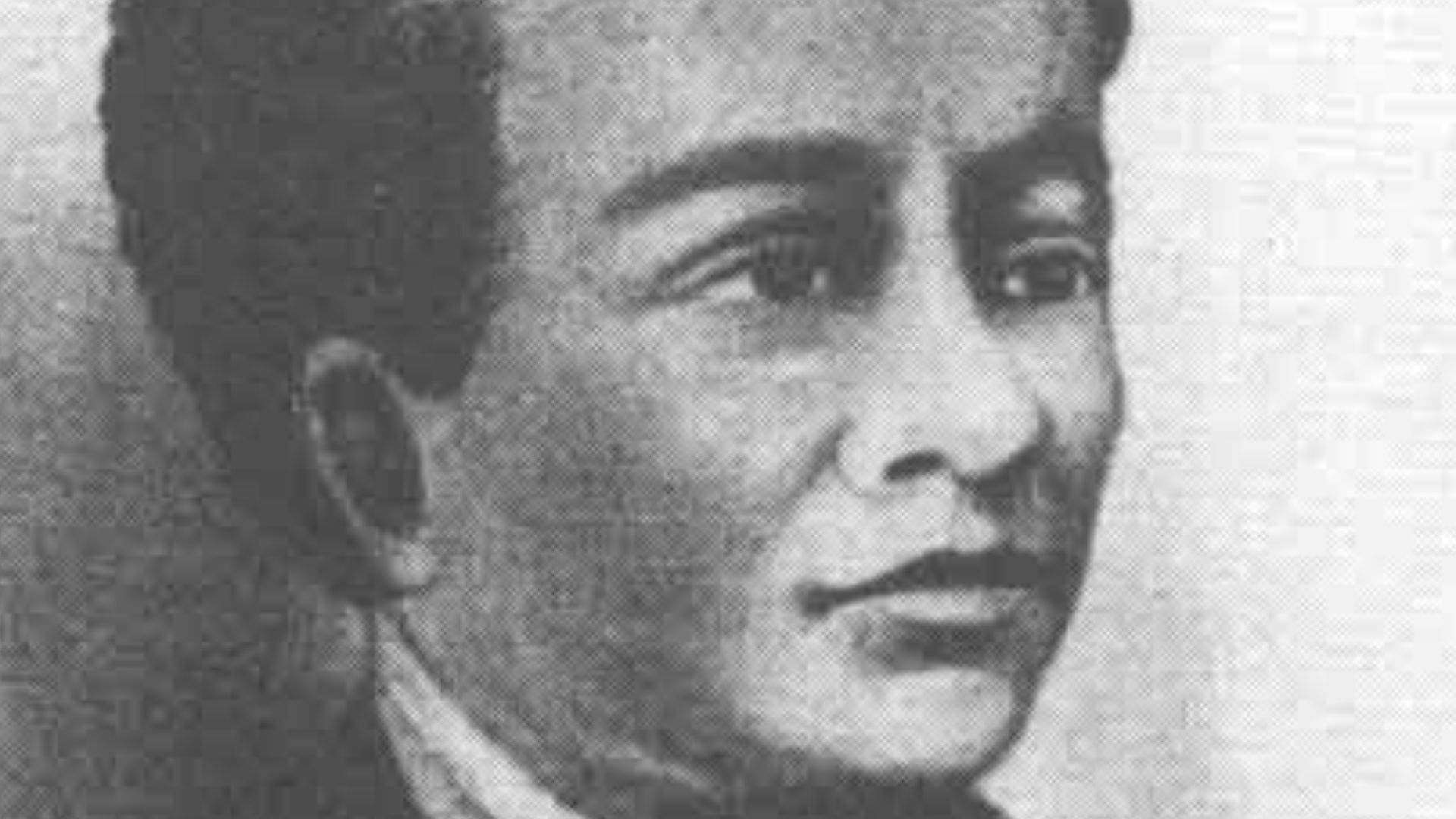 The original uploader was Kelson at French Wikipedia., Wikimedia Commons
The original uploader was Kelson at French Wikipedia., Wikimedia Commons
Heinrich Goebel
Decades before Edison, Heinrich Goebel built a working incandescent lamp using a carbonized bamboo filament. He lacked the resources to patent it, and Edison’s lawyers later tried to discredit him. Goebel’s prototypes were real—perhaps even superior—but history dimmed his light in favor of the man with better timing and lawyers.
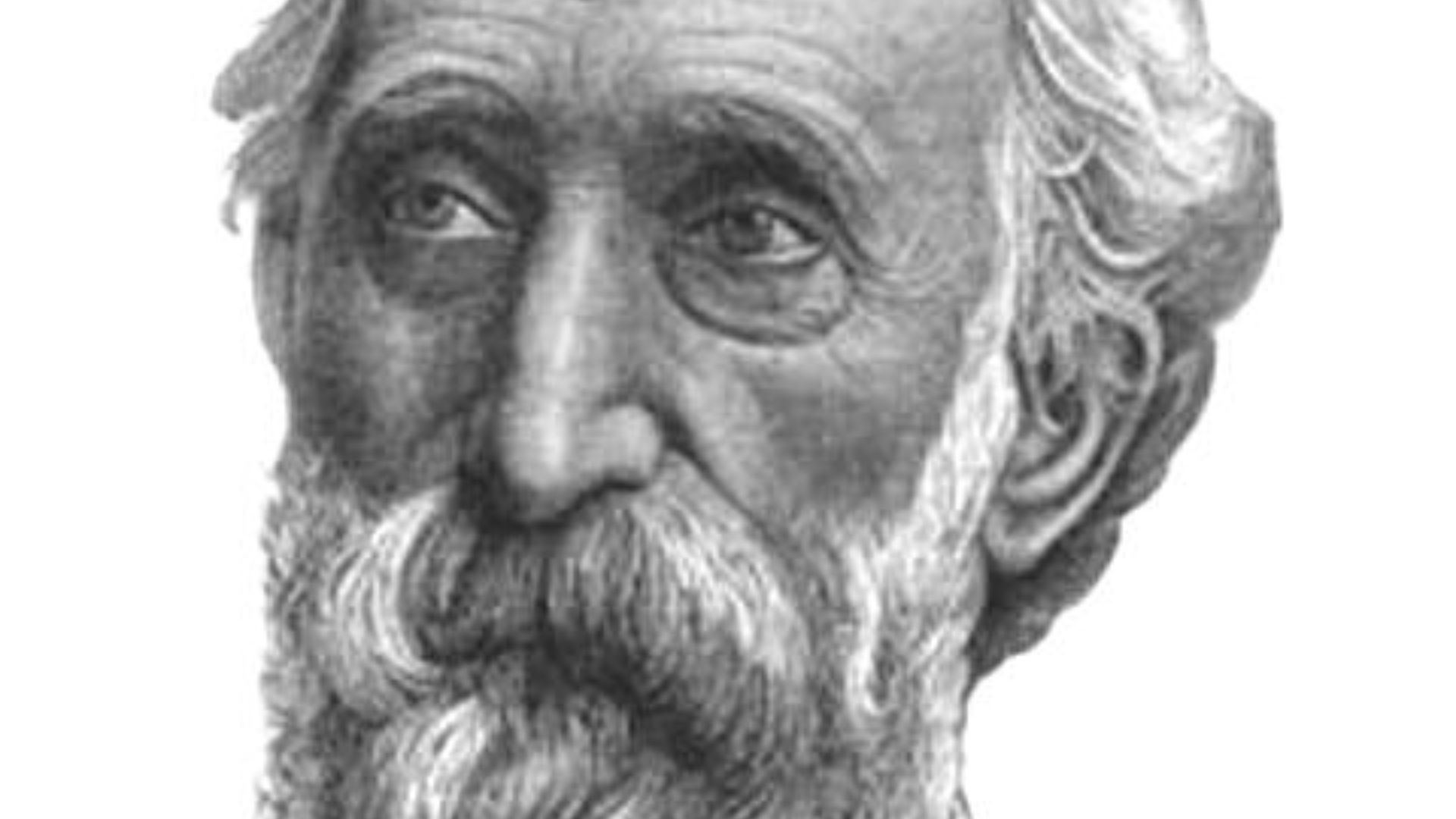 Unknown authorUnknown author, Wikimedia Commons
Unknown authorUnknown author, Wikimedia Commons
Rosalind Franklin
Her X-ray diffraction image, Photo 51, made the double-helix discovery possible, but Watson and Crick were awarded the Nobel Prize. Rosalind Franklin, a master crystallographer, died before her role was recognized. She didn’t just help decode DNA; she advanced virology and research to reshape science with a brilliance that history nearly buried.
Chien-Shiung Wu
They called her “The First Lady of Physics,” but her male peers received the Nobel for work based on her experiments. Chien-Shiung Wu disproved a fundamental law of physics, parity conservation, through a groundbreaking beta decay experiment. Her precision and intellect should’ve been front-page history, not a hidden footnote.
 Unknown authorUnknown author, Wikimedia Commons
Unknown authorUnknown author, Wikimedia Commons
Charles Drew
He revolutionized blood banking and created systems that saved countless lives in WW2. But when the US military segregated blood by race, Charles Drew, a Black surgeon and innovator, resigned in outrage. Despite his vital role in medicine, racism clouded his recognition. He built the blueprint, yet others wrote the headline.
 The original uploader was Darwinek at English Wikipedia., Wikimedia Commons
The original uploader was Darwinek at English Wikipedia., Wikimedia Commons
Katherine Johnson
The trajectory of Apollo 11 wouldn’t have been possible without Katherine Johnson’s math. She hand-calculated launch windows and orbital mechanics for NASA while battling racial and gender segregation. Even astronaut John Glenn wouldn’t trust the computers until “the girl” had verified them. Her mind literally took us to space.
Mary Anning
As a self-taught fossil hunter along the cliffs of Lyme Regis, Mary Anning unearthed the first ichthyosaur and plesiosaur skeletons. Men took her findings and published them as their own. Yet her discoveries shaped paleontology and changed how we understand extinction and evolution. Still, textbooks barely whispered her name.
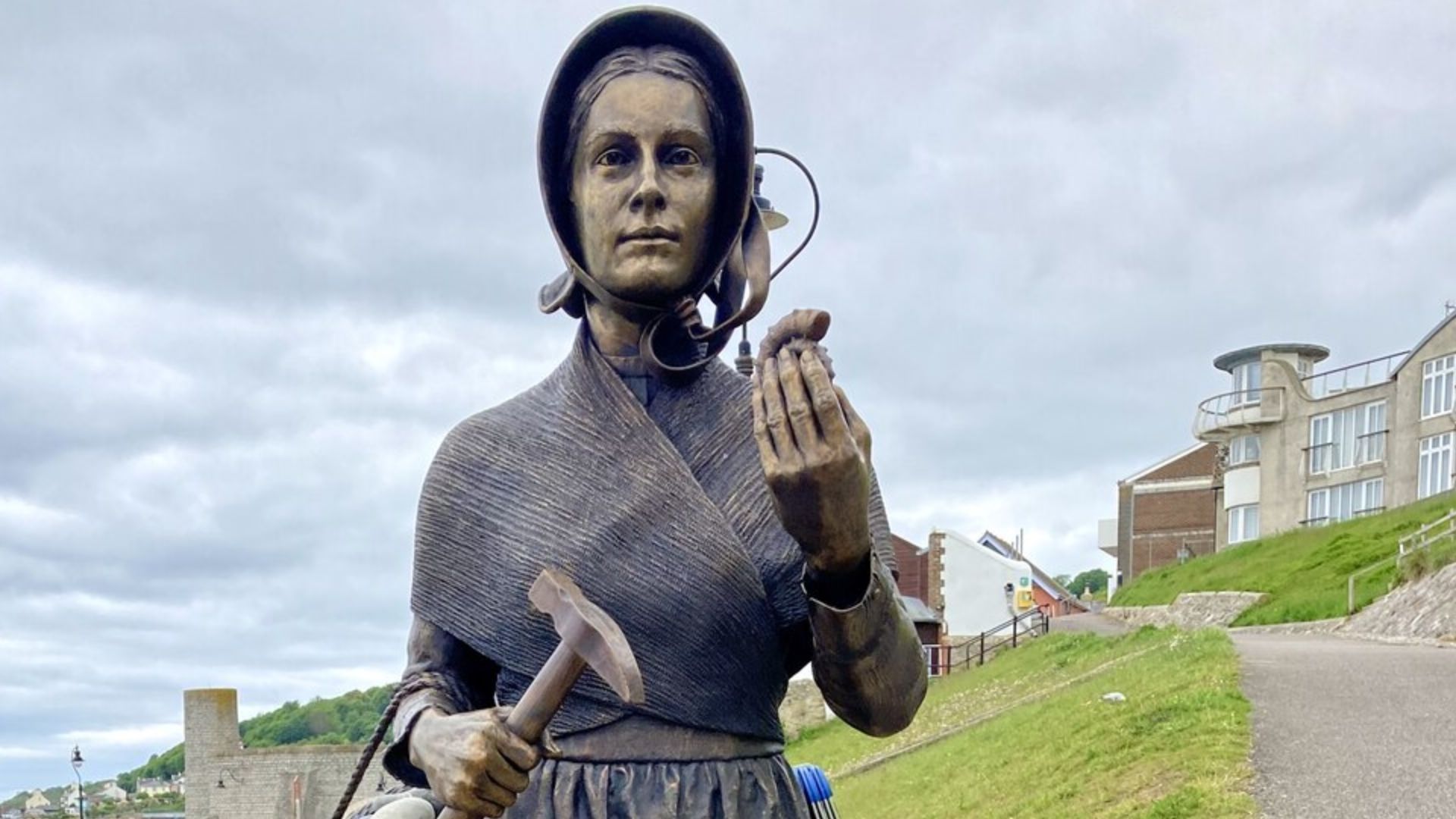 Marika Reinholds , Wikimedia Commons
Marika Reinholds , Wikimedia Commons
Henrietta Lacks
Doctors harvested her cells in 1951 without permission, yet HeLa cells became the backbone of medical breakthroughs with cancer treatments and even IVF. Henrietta Lacks never consented or profited, and for decades, her family had no idea. Her DNA saved millions, but history withheld her name from the story.
 The Washington Post, Getty Images
The Washington Post, Getty Images
Leo Ryan
Congressman Leo Ryan flew to Jonestown in 1978 to investigate reports of abuse. He became the first US congressman assassinated in the line of duty. His death preceded the mass suicide by hours, yet history fixates on Jim Jones. Ryan’s bravery and sacrifice rarely get the front-page treatment they deserve.
Ellen Swallow Richards
Before “eco-friendly” was a thing, Ellen Richards was testing water quality and advocating for sustainable home science. As the first woman admitted to MIT, she pioneered sanitary engineering and opened the door for women in STEM. Yet, she’s rarely acknowledged in the environmental movement she helped set in motion over a century ago.
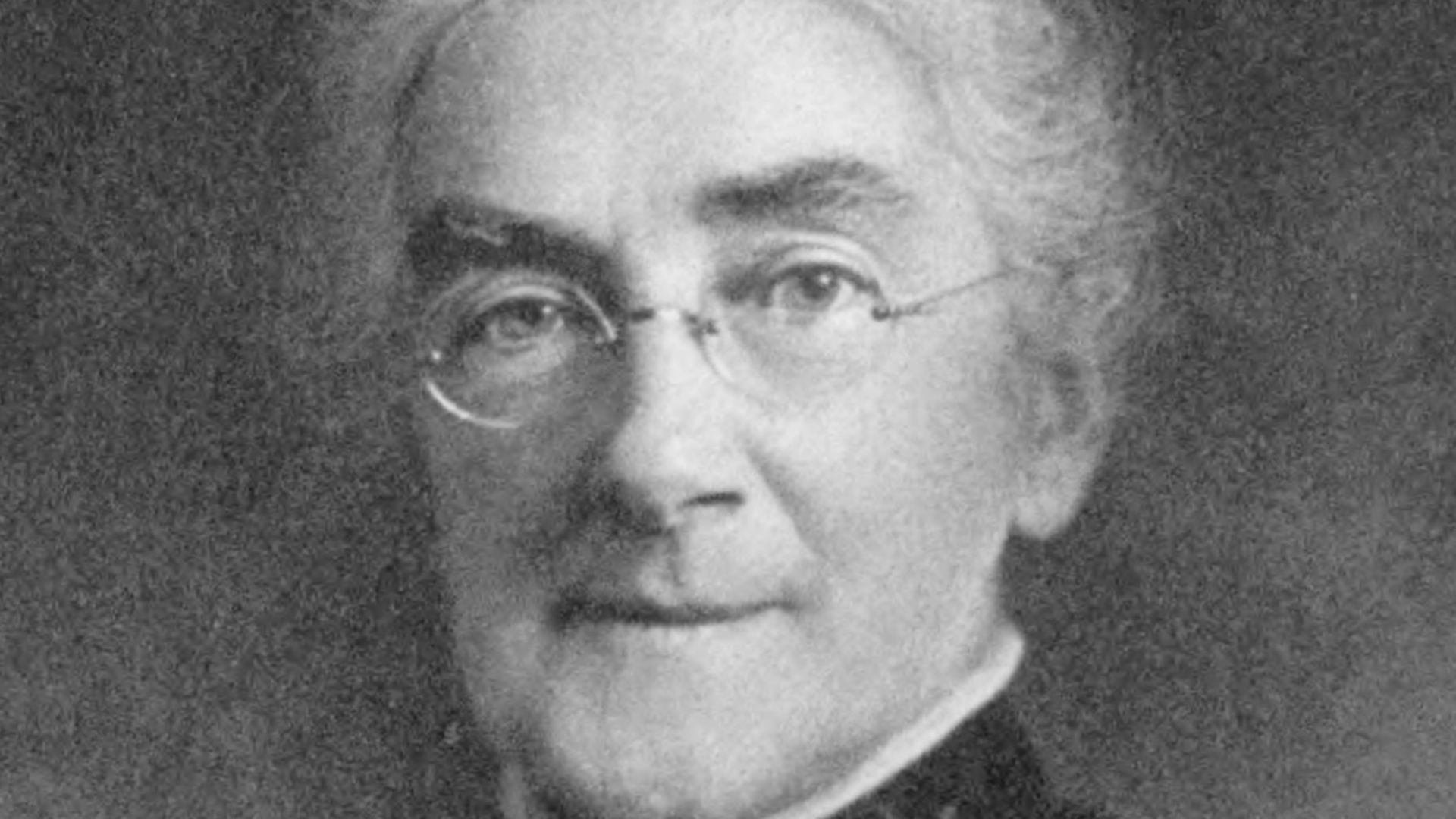 Unknown (Original uploader was Astrochemist at en.wikipedia), Wikimedia Commons
Unknown (Original uploader was Astrochemist at en.wikipedia), Wikimedia Commons
Garrett Morgan
Inventor Garrett Morgan created the modern traffic light and a safety hood that saved lives in a 1916 tunnel rescue. But when white buyers learned he was Black, sales plummeted. His contributions to public safety still stand at every intersection, often with no mention of the man behind the light.
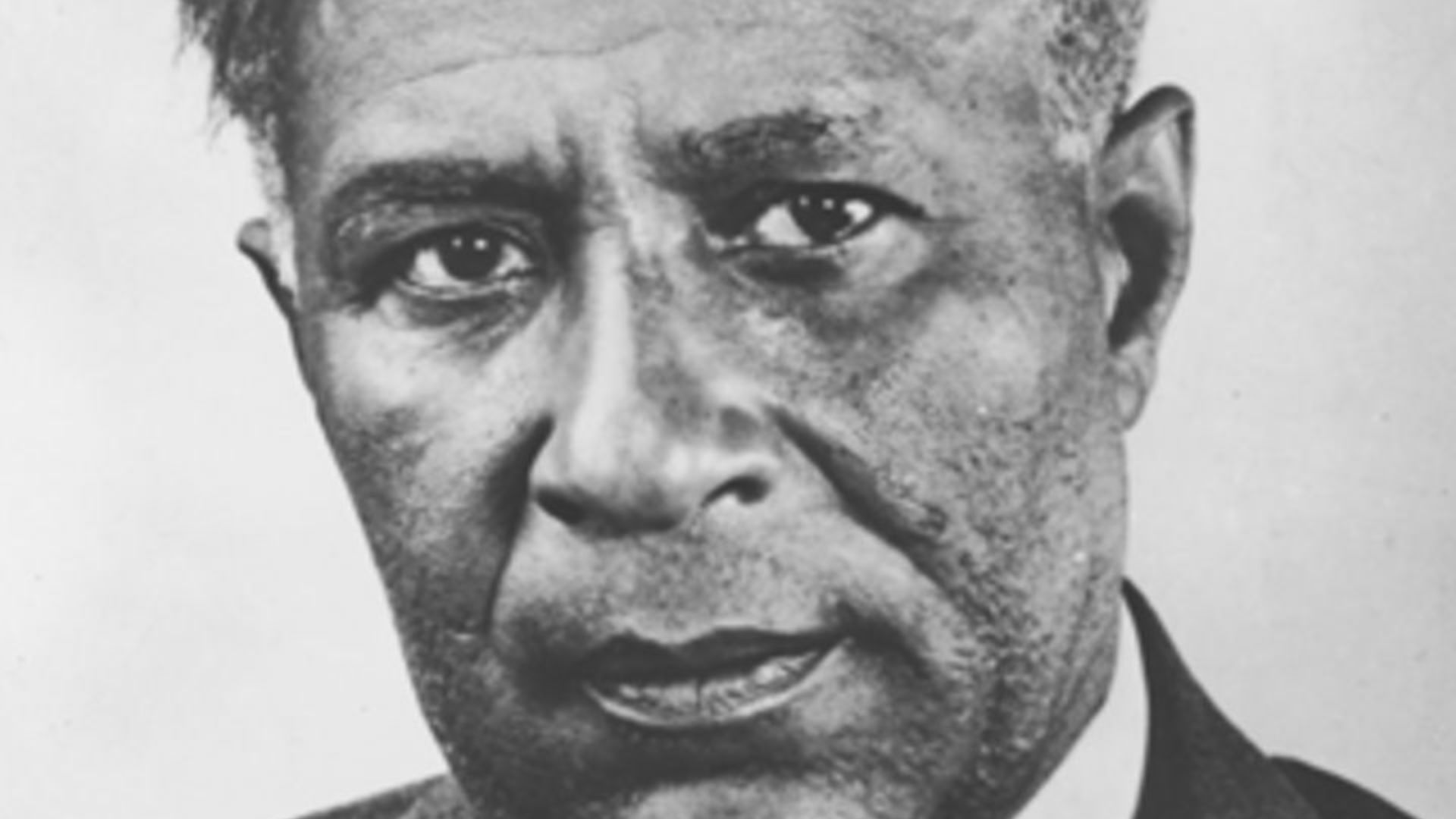 Unknown authorUnknown author, Wikimedia Commons
Unknown authorUnknown author, Wikimedia Commons
Percy Julian
Despite segregation and violence, Julian synthesized hormones from plant sterols to make cortisone and birth control affordable. Yet, he wasn’t allowed in the labs that he revolutionized. A pioneer in synthetic chemistry, Julian earned 130 patents, yet textbooks skim over his genius. He turned soybeans into life-changing medicine and prejudice into fuel for brilliance.
Murasaki Shikibu
In 11th-century Japan, Murasaki wrote The Tale of Genji—arguably the world’s first novel. She captured aristocratic life with psychological depth that predates European fiction by centuries. But male literary canons often ignored her. Today, Genji is a cultural treasure, and Murasaki remains a ghost in most world literature syllabi.
 Tosa Mitsuoki (1617 - 1691), Wikimedia Commons
Tosa Mitsuoki (1617 - 1691), Wikimedia Commons
Sybil Ludington
At just 16, Sybil Ludington rode twice as far as Paul Revere to rally American militia in 1777. Her nighttime ride through storms and danger helped repel British forces. Though praised by Washington, she’s largely absent from Revolutionary War lore. Her story proves courage wasn’t confined to men or myth.
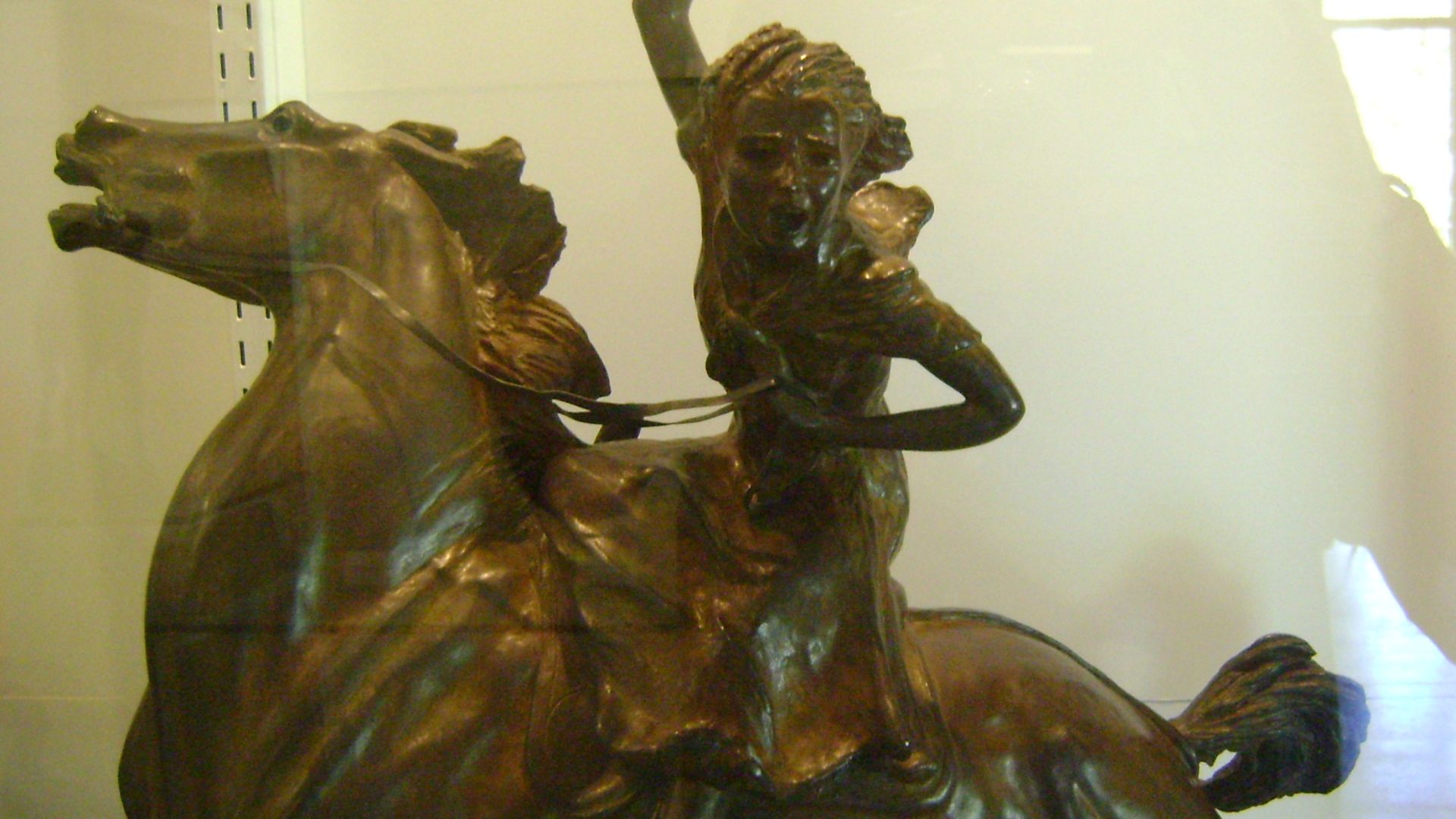 Photograph:Doug ColdwellSculptor: Anna Hyatt Huntington (1876-1973), Wikimedia Commons
Photograph:Doug ColdwellSculptor: Anna Hyatt Huntington (1876-1973), Wikimedia Commons
Zora Neale Hurston
Anthropologist and Harlem Renaissance firebrand Hurston documented Black Southern life with unmatched richness. Yet her work was dismissed and buried under academic snobbery and politics. Rediscovered decades later, Their Eyes Were Watching God now defines American literature. Hurston wrote our culture’s DNA but lived much of her life in obscurity and debt.
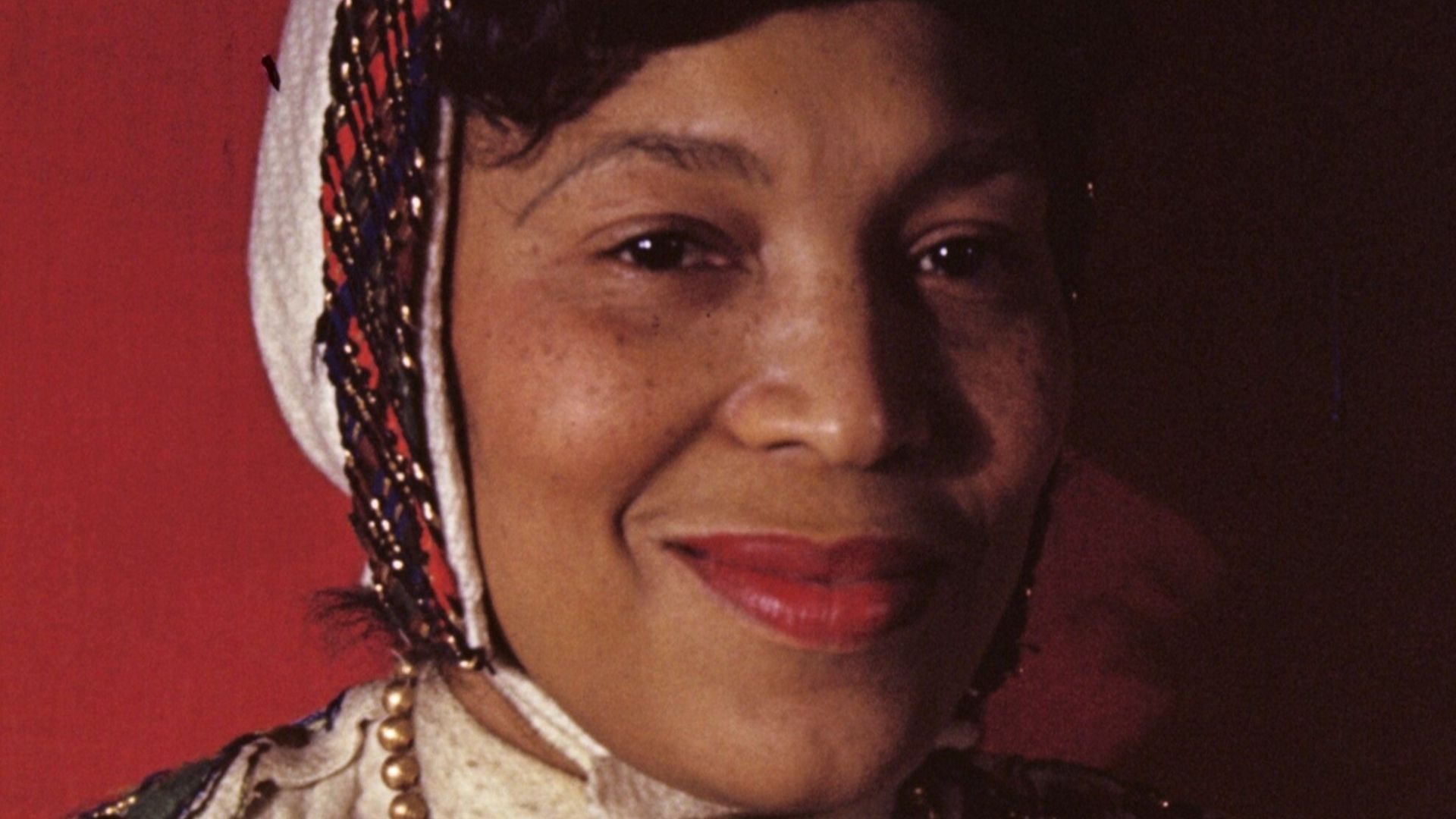 Carl Van Vechten, Wikimedia Commons
Carl Van Vechten, Wikimedia Commons
Bessie Coleman
Denied entry to US flight schools, Bessie Coleman moved to France, became a pilot in 1921, and returned determined to inspire Black aviators. She performed daring aerial stunts across America but wasn’t allowed to fly for commercial airlines. Her legend was sky-high, but her recognition was tragically grounded until long after her death.
 Dove & Porter, Wikimedia Commons
Dove & Porter, Wikimedia Commons
Claude McKay
Claude McKay’s poetry seethed with rebellion and Black pride during the Harlem Renaissance. His poem, If We Must Die, became a cry against racial violence, yet he’s often overshadowed by Hughes and Hurston. McKay’s fierce internationalism and radical politics didn’t fit the mainstream narrative, and so he vanished from most history books.
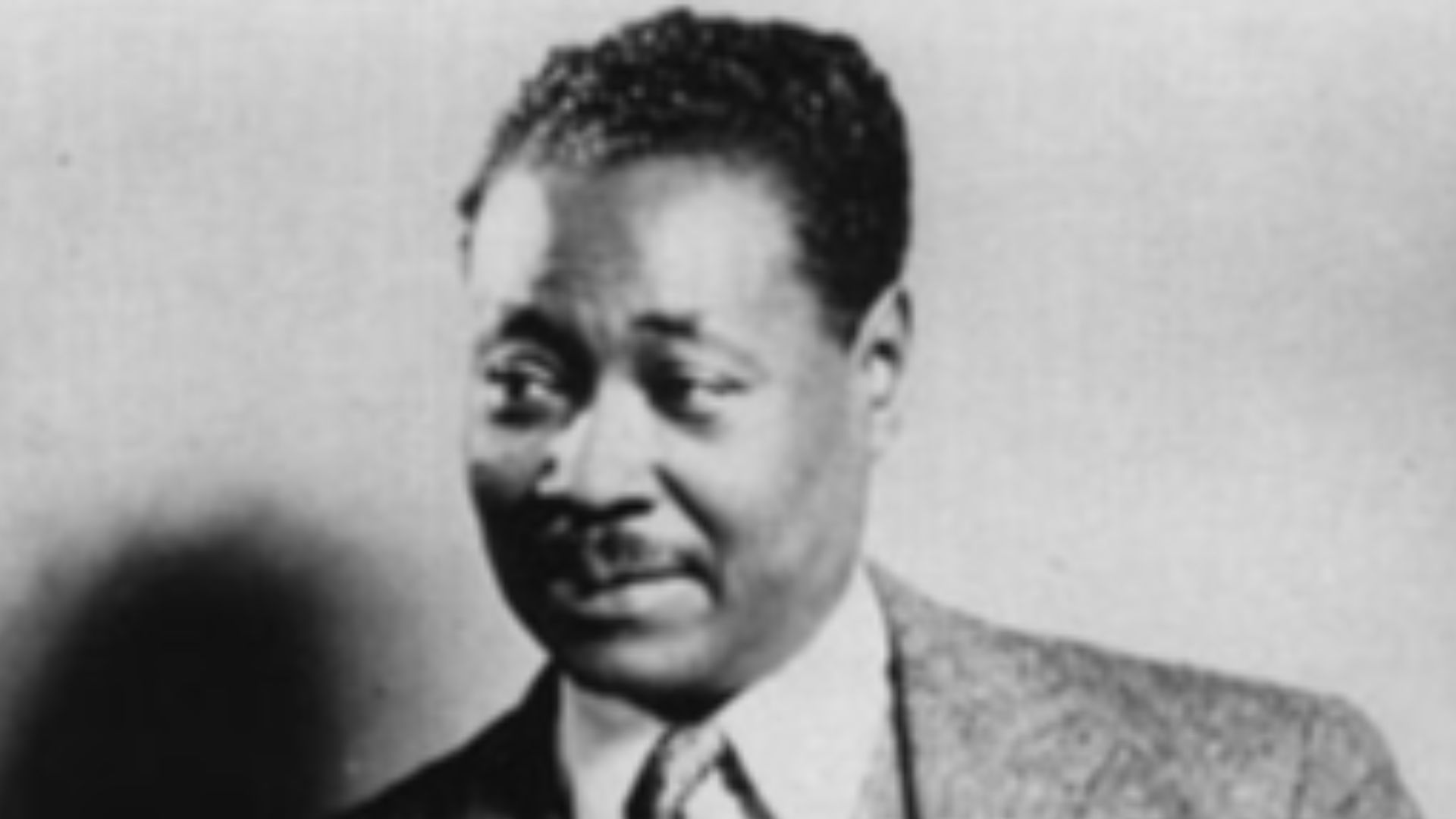 James L. Allen, Wikimedia Commons
James L. Allen, Wikimedia Commons
Gordon Parks
Armed with a camera, Gordon Parks told stories others ignored. From Life Magazine photo essays exposing racism to directing Shaft, he redefined what Black artistry could be. Yet despite his trailblazing status in photography and film, Parks’s name is still skipped in classrooms. He didn’t just shoot pictures, but he also captured America’s contradictions.
 Iris Schneider, Los Angeles Times, Wikimedia Commons
Iris Schneider, Los Angeles Times, Wikimedia Commons
Fanny Mendelssohn
For years, her music was published under her brother Felix’s name. Fanny Mendelssohn composed over 460 works, many as powerful and nuanced as his, yet social norms barred her from performing publicly. Music historians have only recently corrected the records and acknowledged the genius behind those “anonymous” masterpieces.
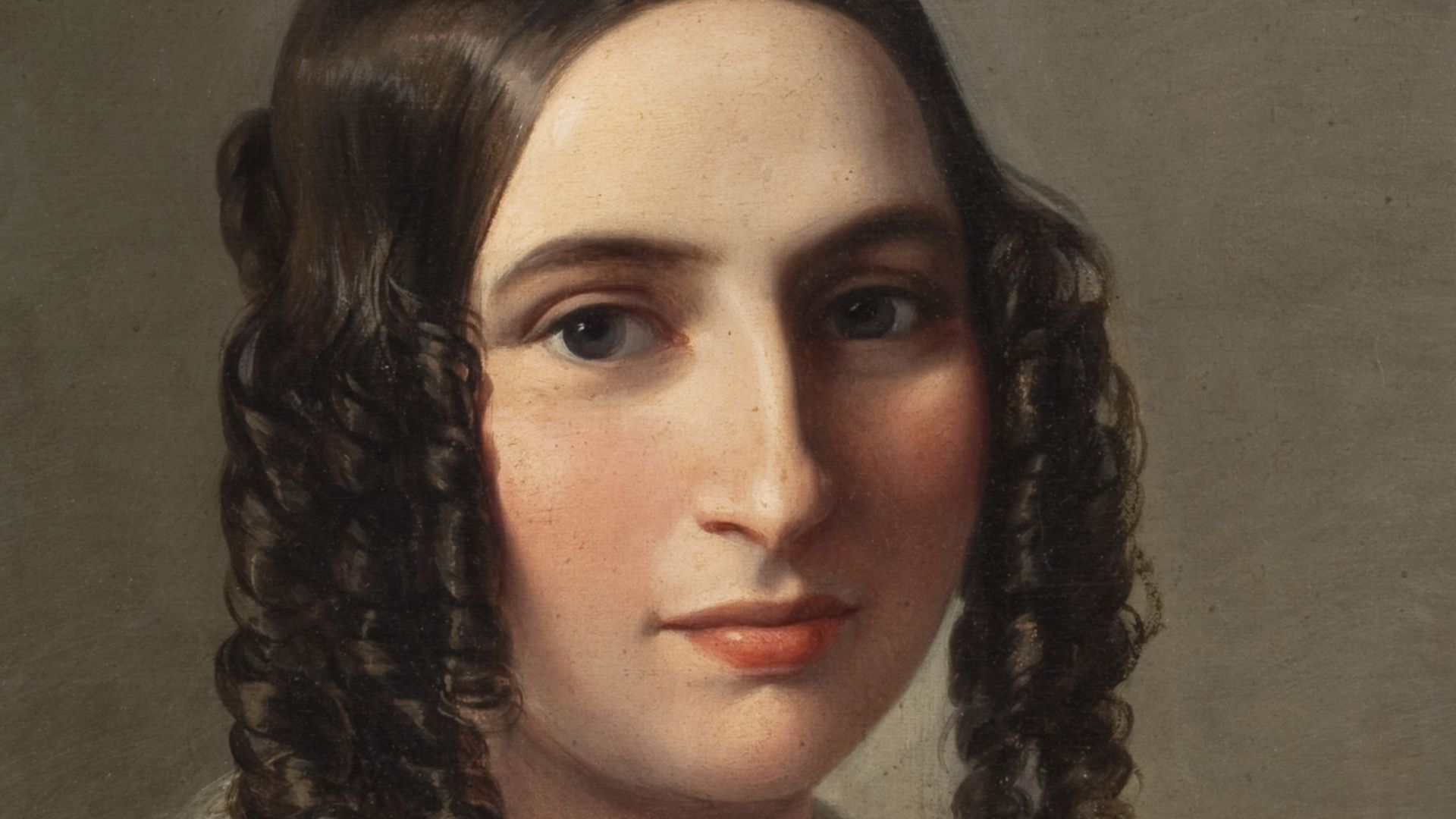 Moritz Daniel Oppenheim, Wikimedia Commons
Moritz Daniel Oppenheim, Wikimedia Commons
Odetta
Although Martin Luther King Jr called her “The Queen of American Folk Music,” her name rarely appears in civil rights retrospectives. Odetta’s voice carried spirituals and protest into the national conscience. Her music stirred hearts and action alike to shape a movement while others were still tuning their guitars.
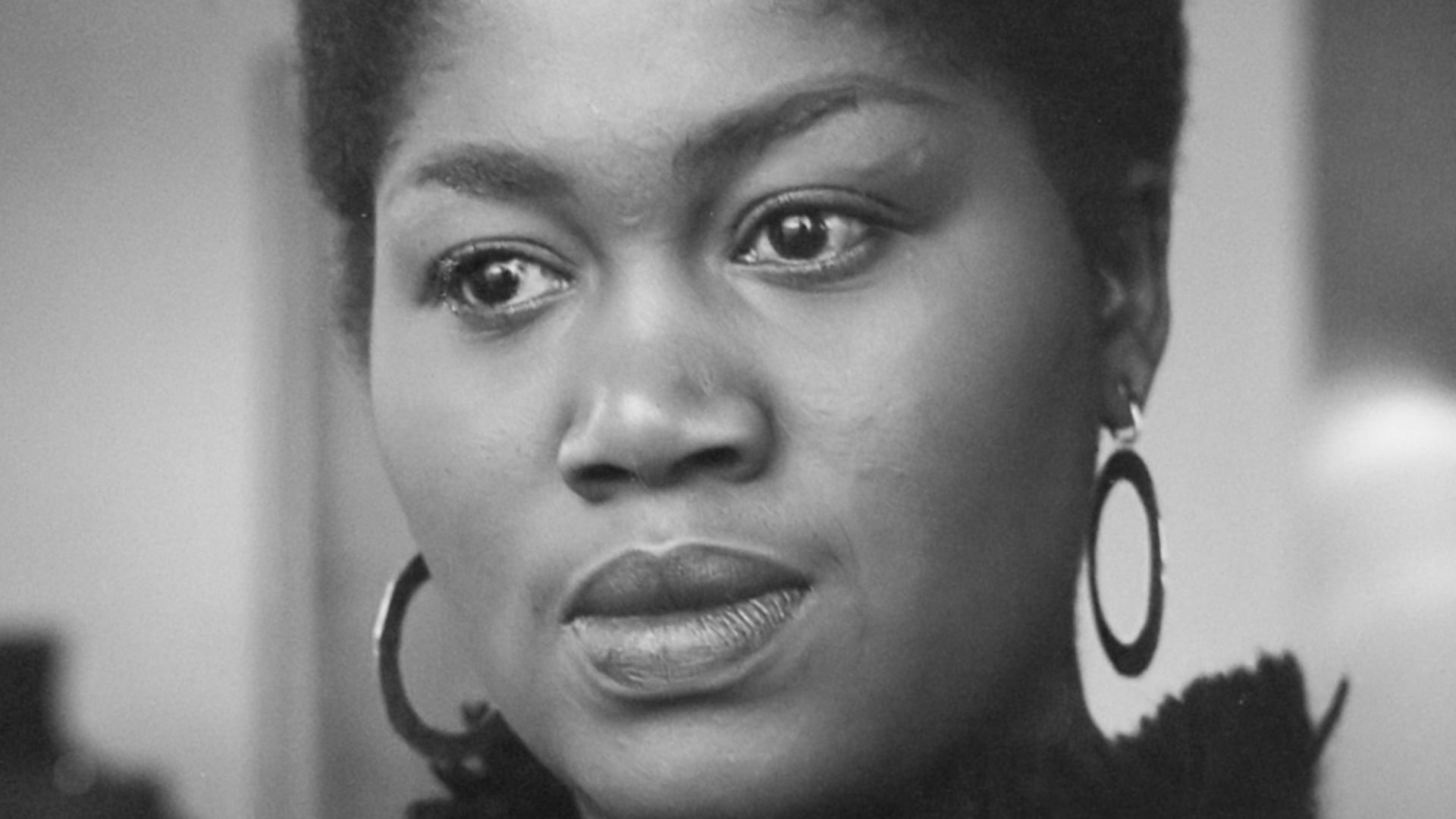 Jack de Nijs for Anefo / Anefo, Wikimedia Commons
Jack de Nijs for Anefo / Anefo, Wikimedia Commons
Lois Mailou Jones
Lois Mailou Jones painted her way through barriers in both race and gender. Her vibrant canvases fused African heritage with modernism and earned her acclaim abroad but invisibility at home. Though she taught for decades at Howard University, the American art world took too long to hang her in its halls.
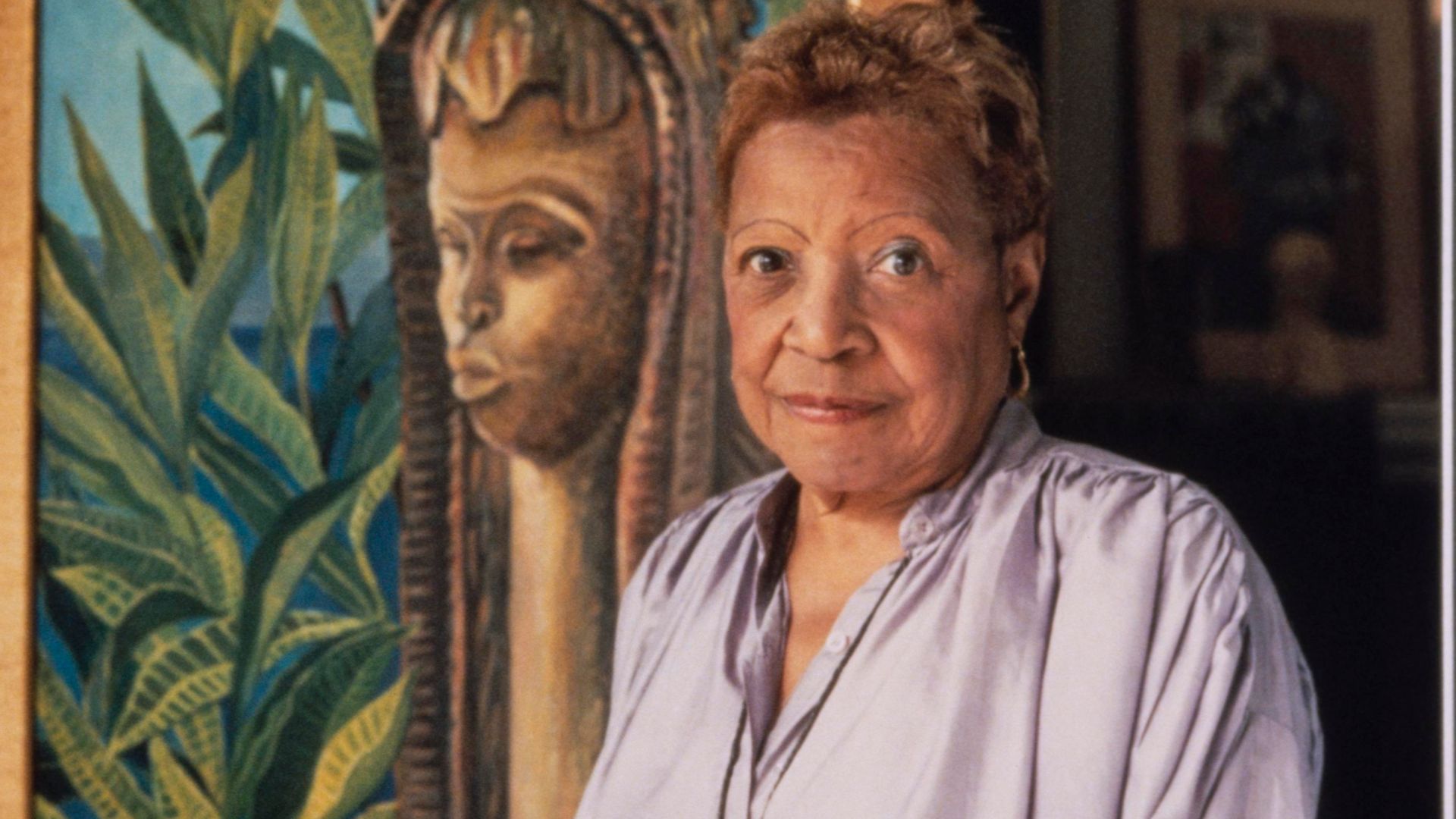 Schlesinger Library, RIAS, Harvard University, Wikimedia Commons
Schlesinger Library, RIAS, Harvard University, Wikimedia Commons
Yelu Chucai
As Genghis Khan’s trusted advisor, Yelu Chucai persuaded the Mongols to tax instead of exterminate. A Khitan Confucian scholar, he used wisdom to temper conquest with administration. While the world remembers the empire’s brutality, few remember the man who helped shift it toward bureaucracy.
 Rrmarcellus, Wikimedia Commons
Rrmarcellus, Wikimedia Commons
Lillian Gilbreth
Forget the fictional mom from Cheaper by the Dozen. Lillian Gilbreth was a mother of 12 and an engineer who humanized industrial labor. She improved workplace efficiency by pioneering ergonomics. Yet her innovations were often attributed to her husband. While companies used her designs, few remembered the woman who shaped how we work.
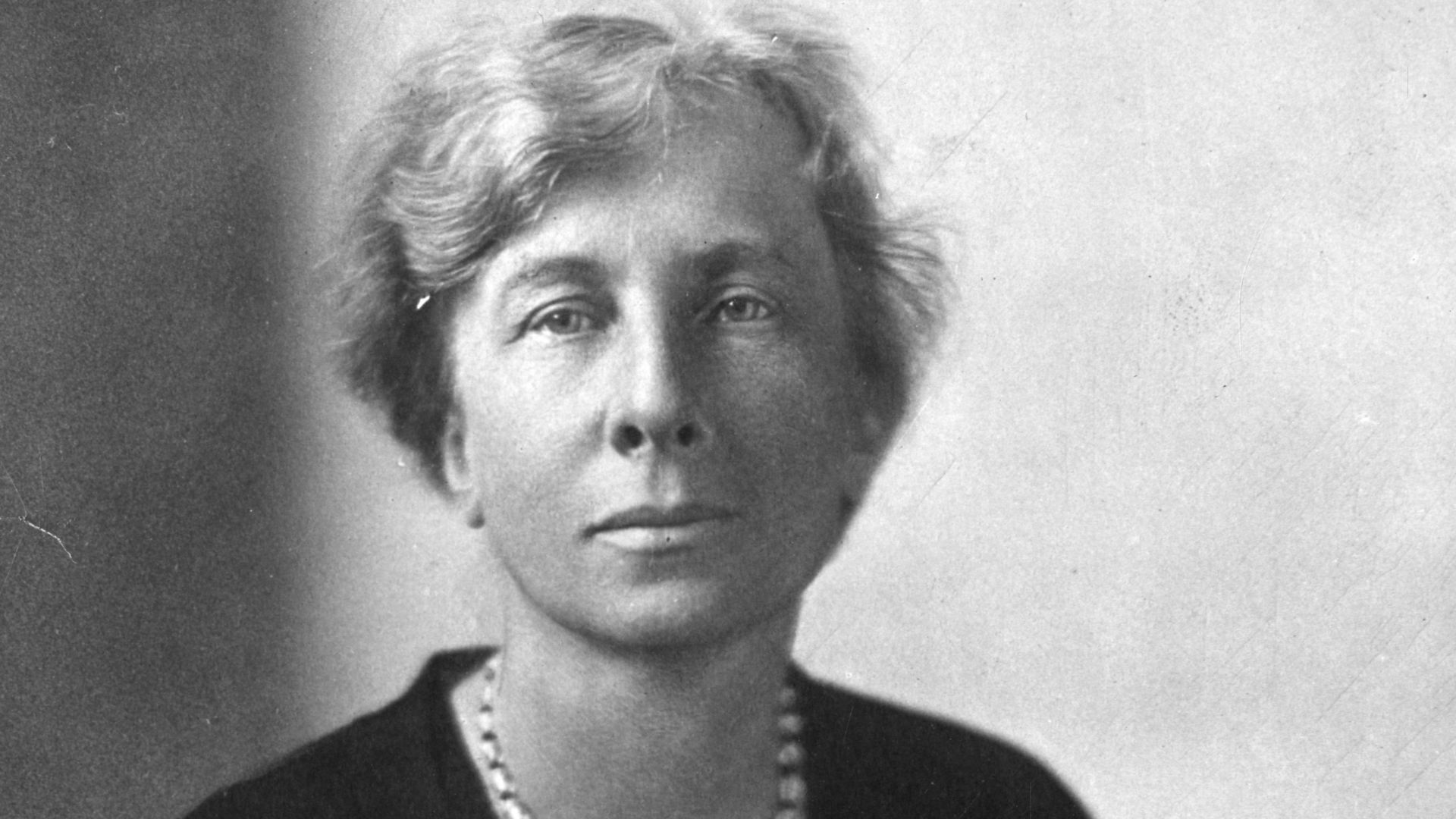 Smithsonian Institution from United States, Wikimedia Commons
Smithsonian Institution from United States, Wikimedia Commons
Jose Rizal
In the Philippines, he’s a martyr and national hero. Elsewhere, Jose Rizal is largely unknown. A doctor and political thinker, he wielded words—not weapons—against Spanish colonial rule. His execution in 1896 helped spark revolution, but his intellect and pacifist activism are rarely taught outside Southeast Asia.
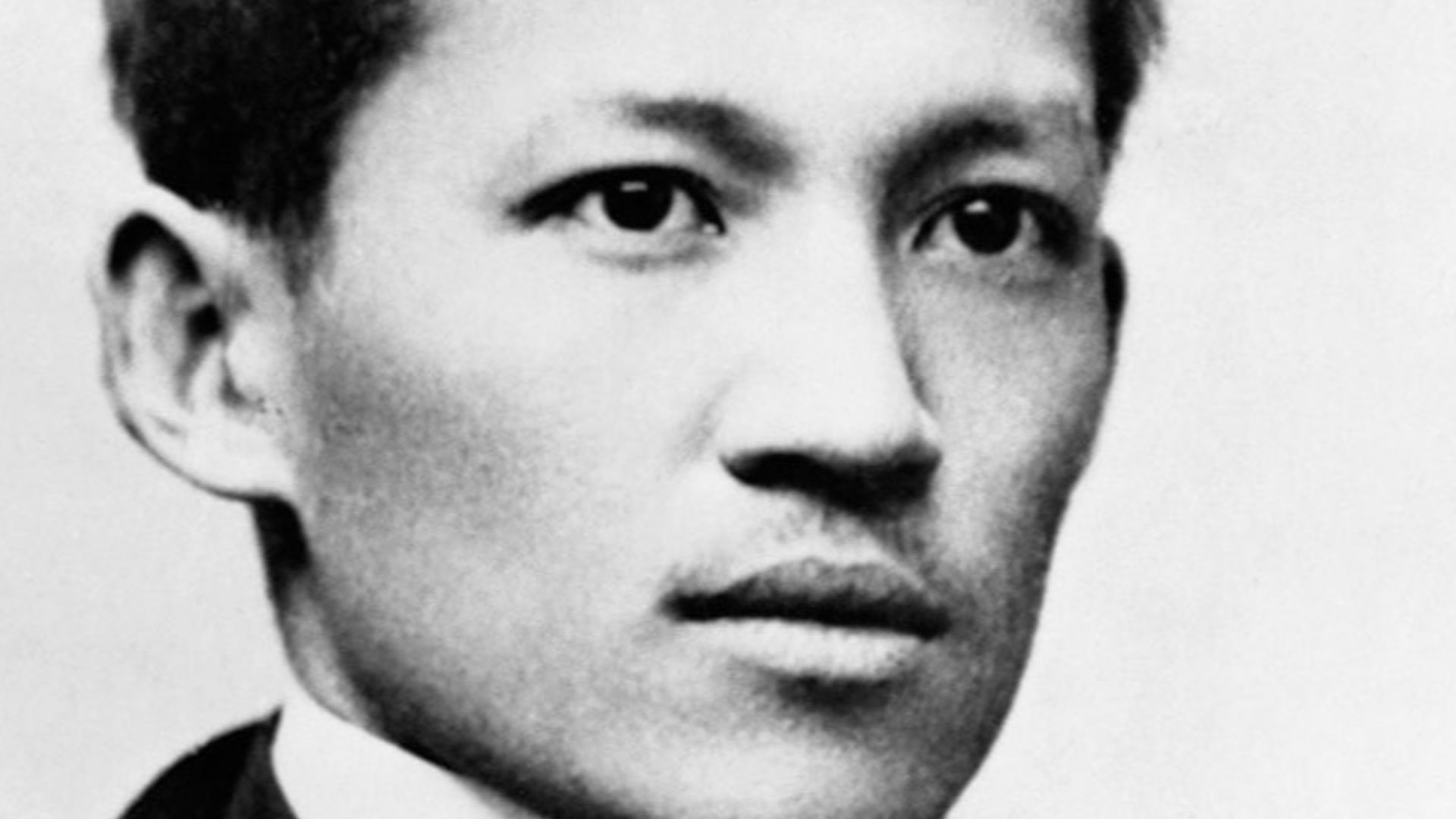 unknown author, Wikimedia Commons
unknown author, Wikimedia Commons
Claudette Colvin
Nine months before Rosa Parks, 15-year-old Claudette Colvin refused to give up her seat in Montgomery. She was arrested and threatened, but her case was sidelined because she was unmarried and pregnant. History preferred its icons tidy, and Colvin’s courage became a shadow instead of a headline.
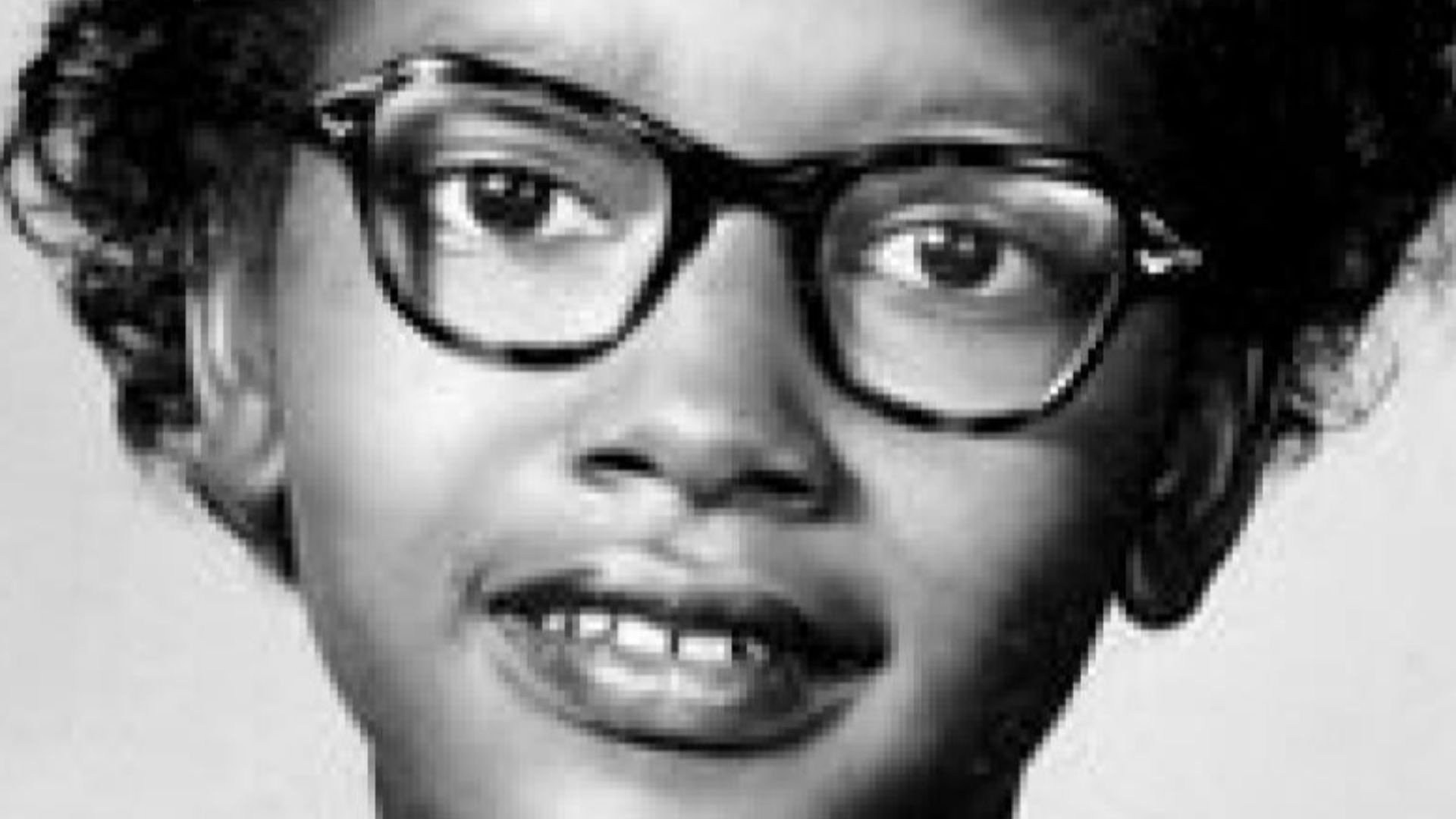 The Visibility Project, Claudette Colvin, Wikimedia Commons
The Visibility Project, Claudette Colvin, Wikimedia Commons
Fred Korematsu
Korematsu refused to report to a Japanese internment camp during WW2. He was arrested, and his Supreme Court case failed until it was overturned 40 years later. As an American citizen fighting for his constitutional rights, Korematsu became a civil liberties icon long after textbooks had closed the chapter on him.
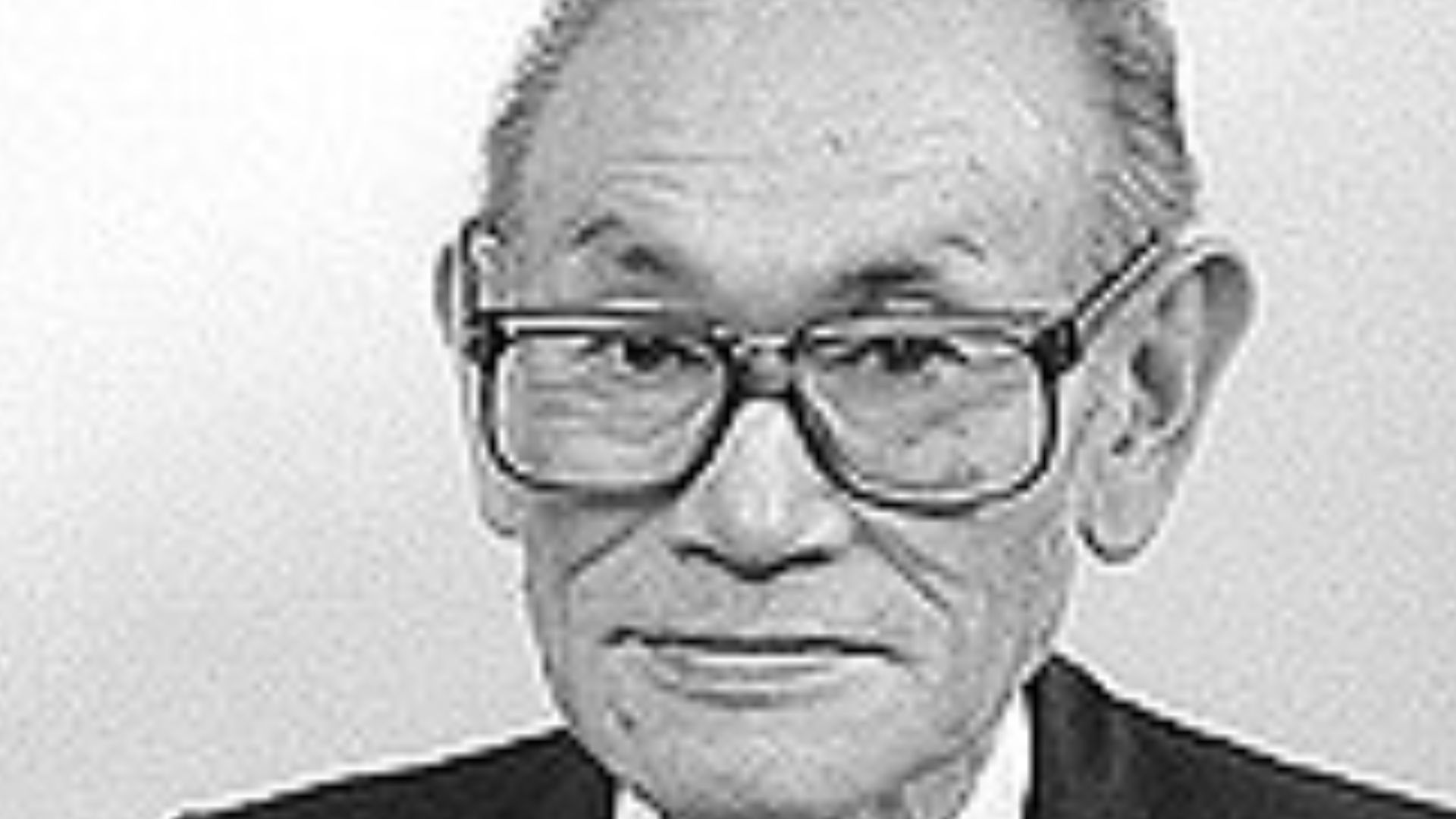 Image courtesy of the family of Fred T. Korematsu, Wikimedia Commons
Image courtesy of the family of Fred T. Korematsu, Wikimedia Commons
Olympias
More than just Alexander the Great’s mother, Olympias was a political strategist and religious leader who manipulated power in a male-dominated world. She orchestrated alliances and eliminated rivals to shape Macedonia’s royal succession. History often paints her as ruthless but ignores the ambition and influence that helped forge an empire’s rise.
Ida B Wells
With a pen as sharp as any sword, Wells documented lynchings and exposed racial terror across the South. Co-founder of the NAACP, she was ignored by many male leaders. Journalists today owe her a debt, yet few know she risked everything to publish truths no one else dared to print.
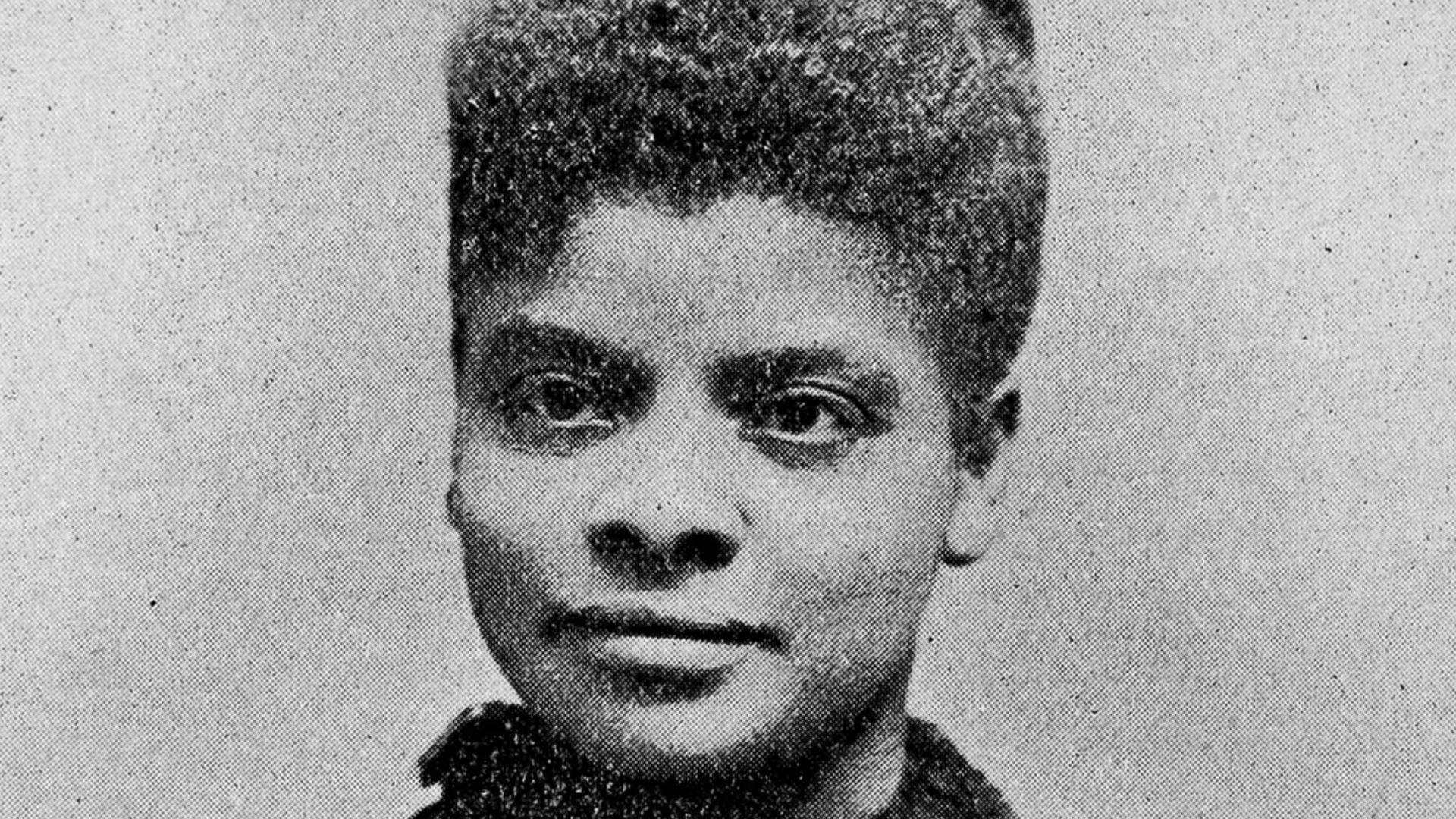 Editor - Lawson Andrew Scruggs, Wikimedia Commons
Editor - Lawson Andrew Scruggs, Wikimedia Commons
Thomas Sankara
Dubbed “Africa’s Che Guevara,” Sankara led Burkina Faso through radical transformation by empowering women and rejecting foreign aid. At 33, he was assassinated in a coup. Western textbooks avoid him because his vision defied global powers. But across Africa, his ghost still haunts the fight for liberation.
 William Campbell, Getty Images
William Campbell, Getty Images
Sophie Scholl
As part of Germany’s White Rose resistance, Sophie Scholl exposed Nazi atrocities through secret pamphlets. Arrested and executed at 21, her final words were of conscience and courage. While others followed Hitler, she questioned. History should speak her name far louder than it does.
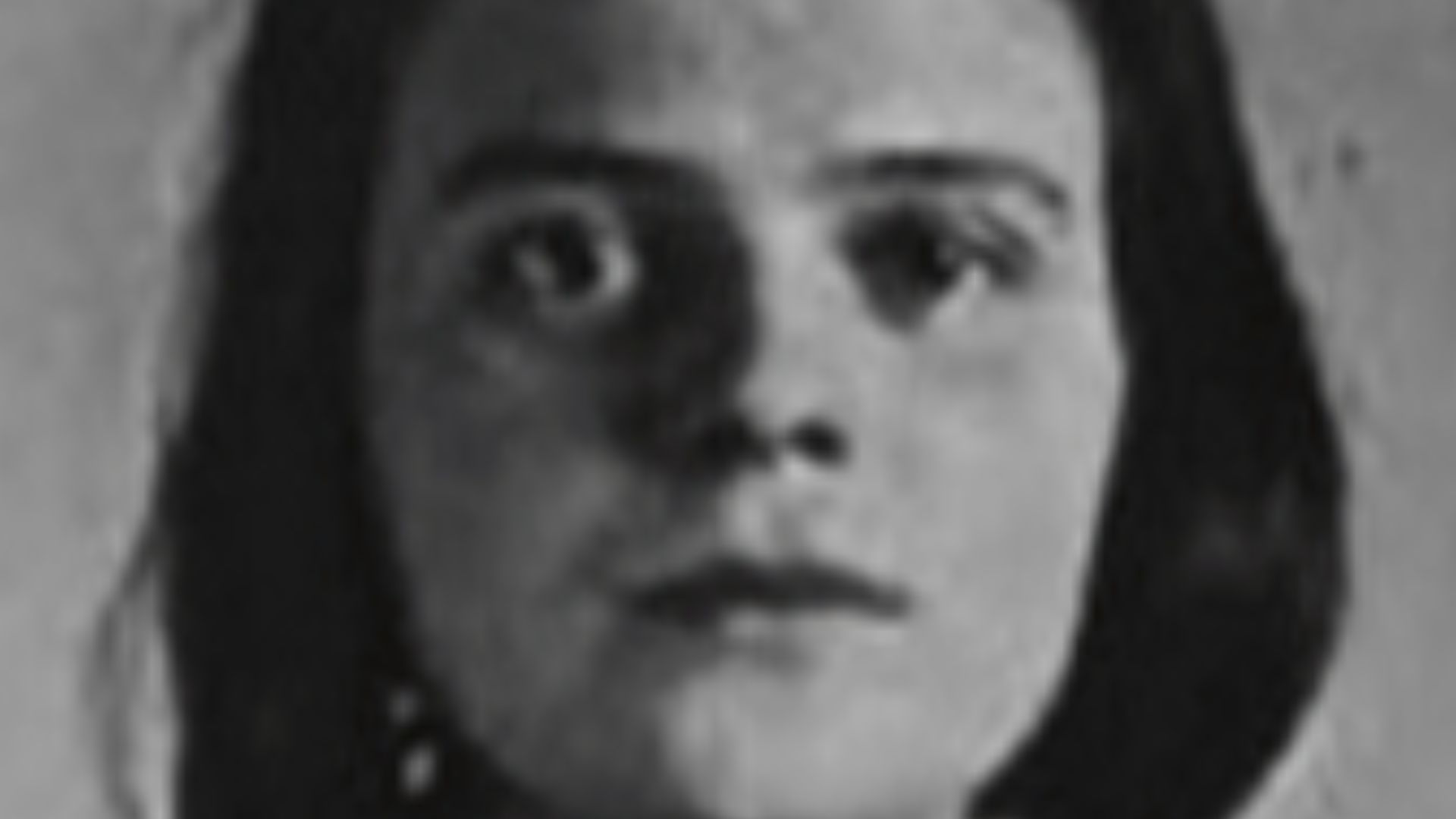 Unknown german police officer, Wikimedia Commons
Unknown german police officer, Wikimedia Commons
Bayard Rustin
He organized the March on Washington and mentored Martin Luther King Jr. Many believe Bayard Rustin shaped nonviolent protest in America yet was sidelined for being openly gay. A master strategist, he worked behind the curtain, invisible by necessity. Civil rights history often celebrates the speech but forgets the man who staged it.
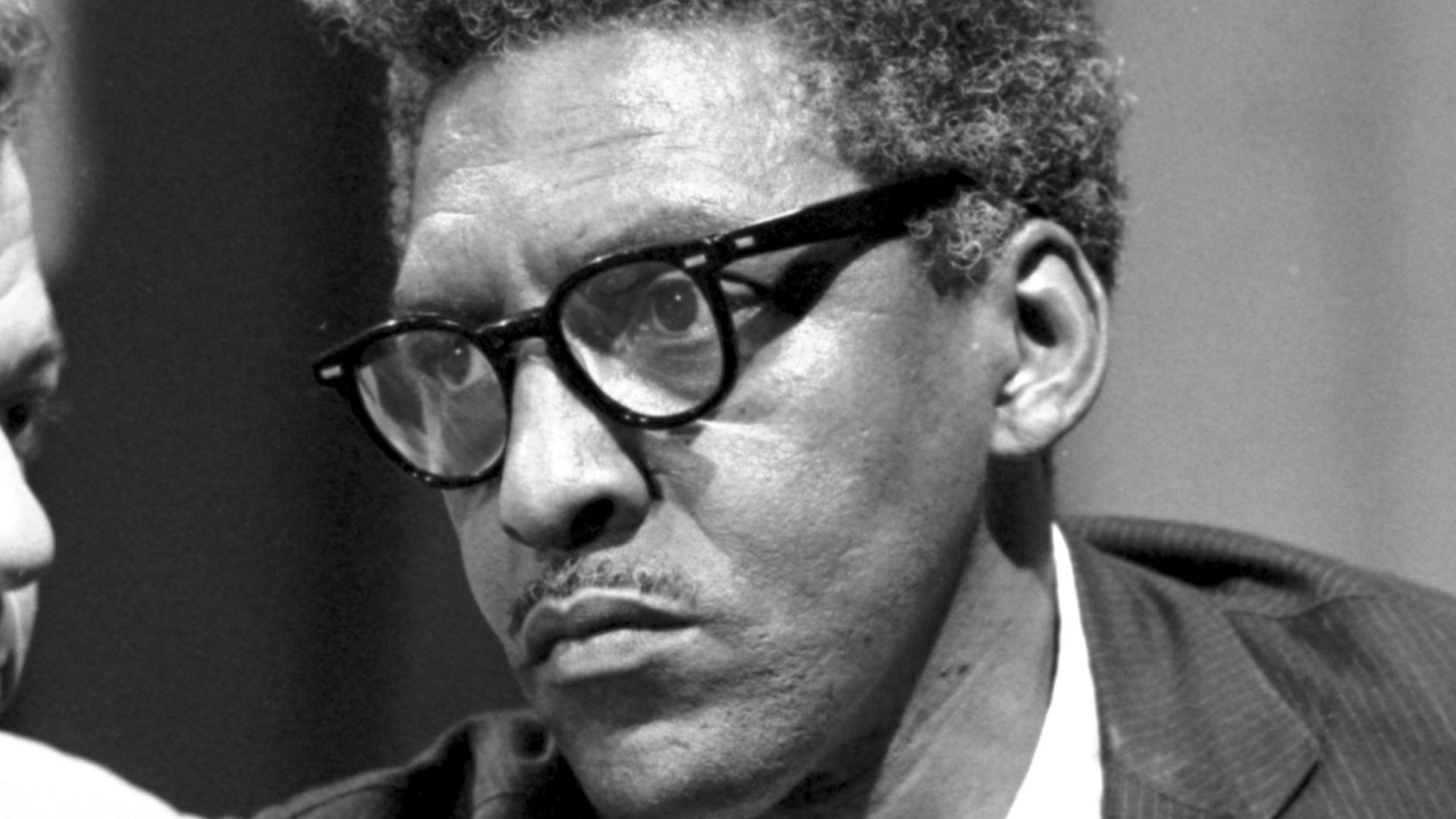 Leffler, Warren K., photographer., Wikimedia Commons
Leffler, Warren K., photographer., Wikimedia Commons
Hans Lippershey
Credited by many with inventing the telescope, Hans Lippershey applied for a patent in 1608, but Galileo got the glory for pointing one skyward. Lippershey’s lens work changed how humans saw the universe, yet he’s often left in the dust of history. He was eclipsed by the man who used the telescope more famously.
 Pierre Borel, Wikimedia Commons
Pierre Borel, Wikimedia Commons
Rani Lakshmibai
In 1857, the British stormed Jhansi. Rani Lakshmibai led her troops into battle with a sword in her hand and an infant son on her back. This Indian Queen defied empire and gender norms to die as a warrior. While male rebels are remembered as revolutionaries, she’s too often reduced to a romanticized footnote in colonial accounts.
Nzinga Mbande
Facing Portuguese slavers in 17th-century Angola, Queen Nzinga negotiated like a stateswoman and fought like a general. She ruled for four decades and used diplomacy and battlefield cunning to protect her people. Though revered in Angola, her legacy rarely makes it into Western classrooms.
 François Villain (litographer), Wikimedia Commons
François Villain (litographer), Wikimedia Commons
Toussaint Louverture
Born enslaved, he led the only successful slave revolt in history, defeating France, Spain, and Britain. Toussaint Louverture envisioned a sovereign Haiti and democracy for the enslaved. Napoleon captured and buried him in a French prison. Centuries later, his name remains too often ignored in American studies alongside the revolution he led.
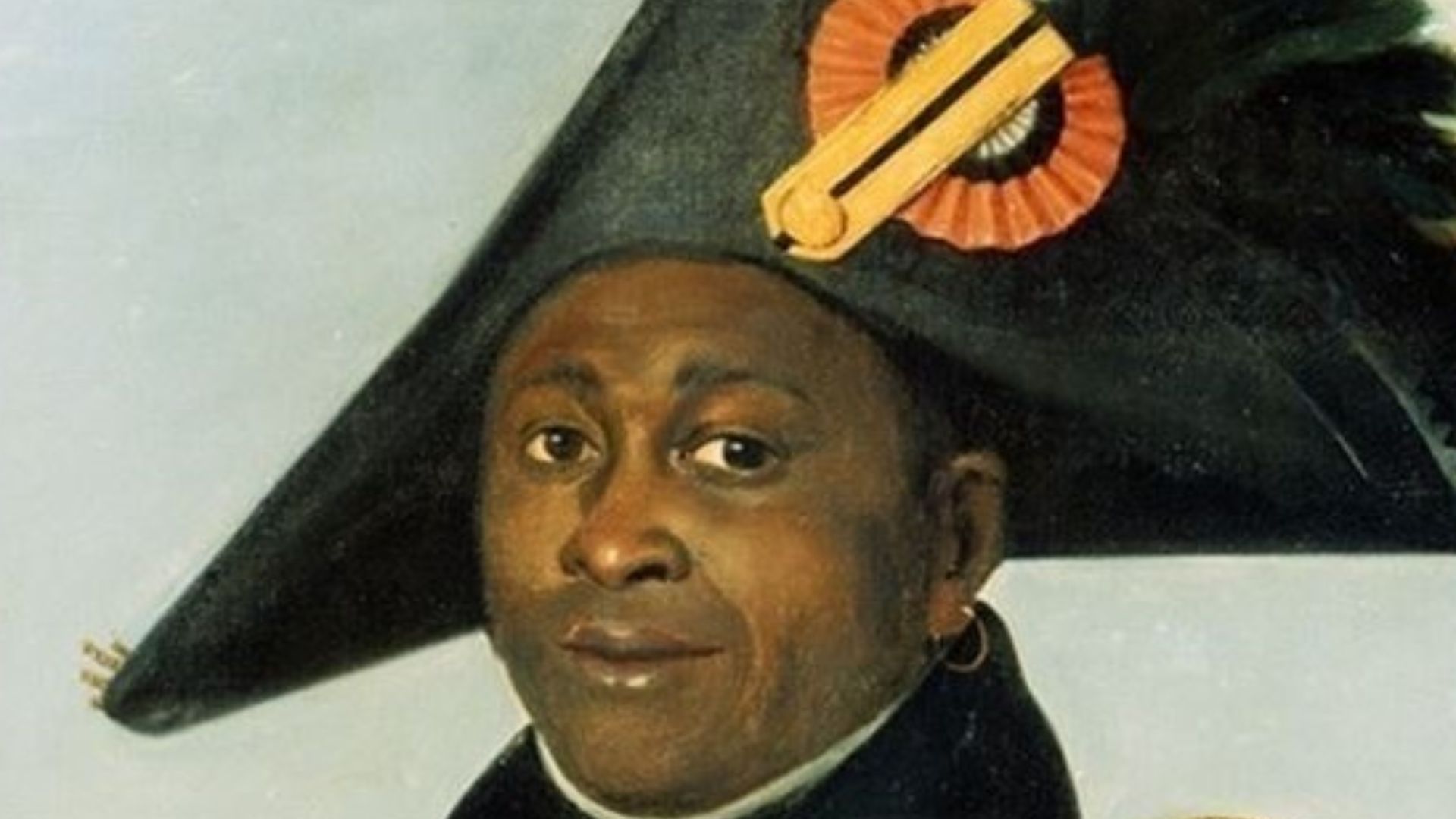 Alexandre-François-Louis, comte de Girardin, Wikimedia Commons
Alexandre-François-Louis, comte de Girardin, Wikimedia Commons
Yaa Asantewaa
When British forces exiled her king, Yaa Asantewaa, Queen Mother of the Ashanti, picked up the mantle of resistance. She led the 1900 War of the Golden Stool and organized an army of thousands. Her defiance made colonialists nervous, so history downplayed her. Ghana remembers, but Western textbooks rarely do.
Artemisia Gentileschi
In the 17th century, Artemisia Gentileschi painted with a skill that rivaled Caravaggio. She fought to be seen in a male-dominated art world, only to have her some of her work misattributed to her father. A brutal trial further stained her reputation, and art history forgot her until feminist scholars revived her name.
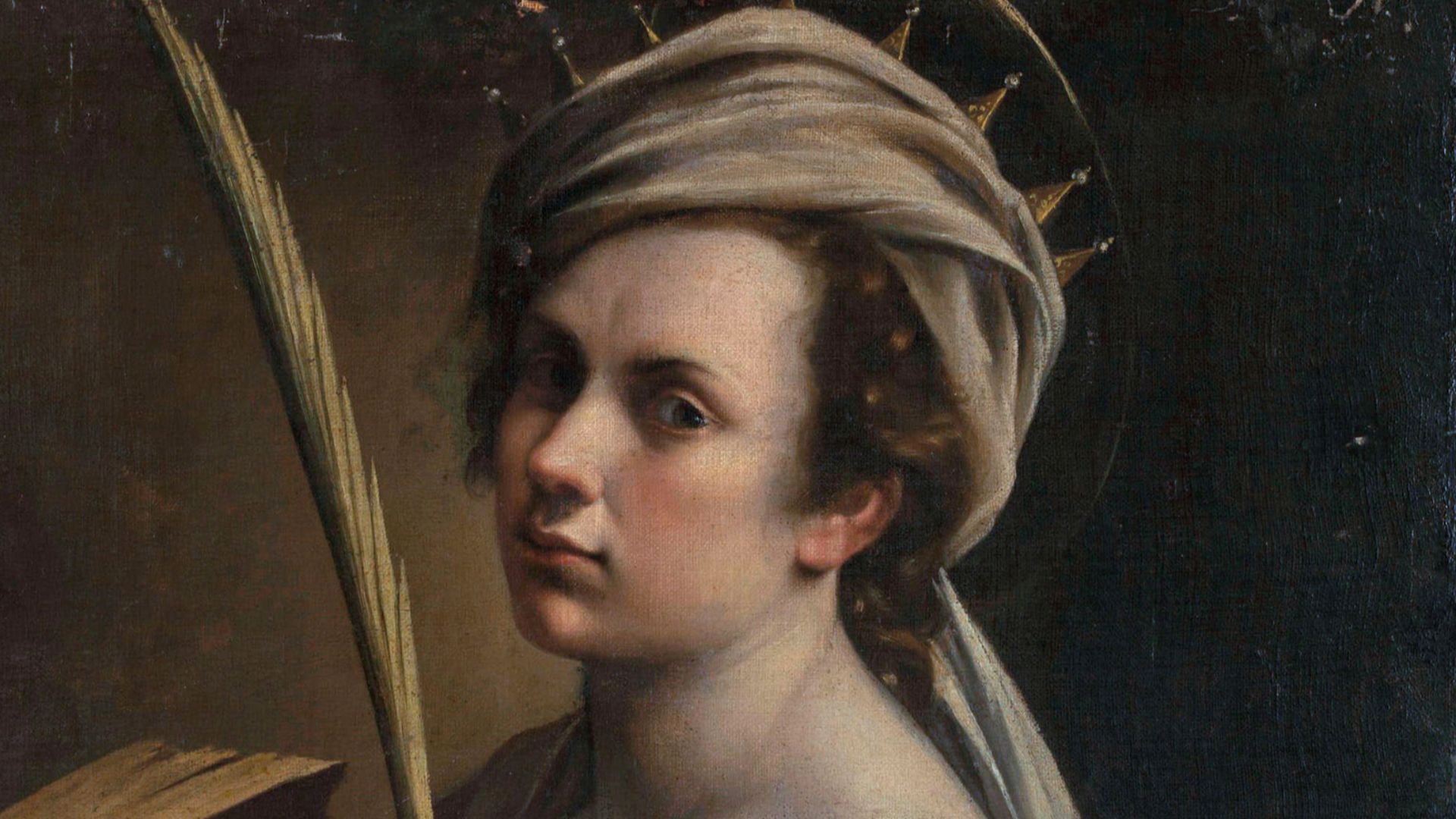 Artemisia Gentileschi, Wikimedia Commons
Artemisia Gentileschi, Wikimedia Commons
Jose Martí
Revolutionary poet and journalist Jose Martí fused art and politics into a weapon against Spanish imperialism. Exiled repeatedly, he still unified Cubans across divides. He was killed in battle before Cuban independence, but his vision of justice lived on.
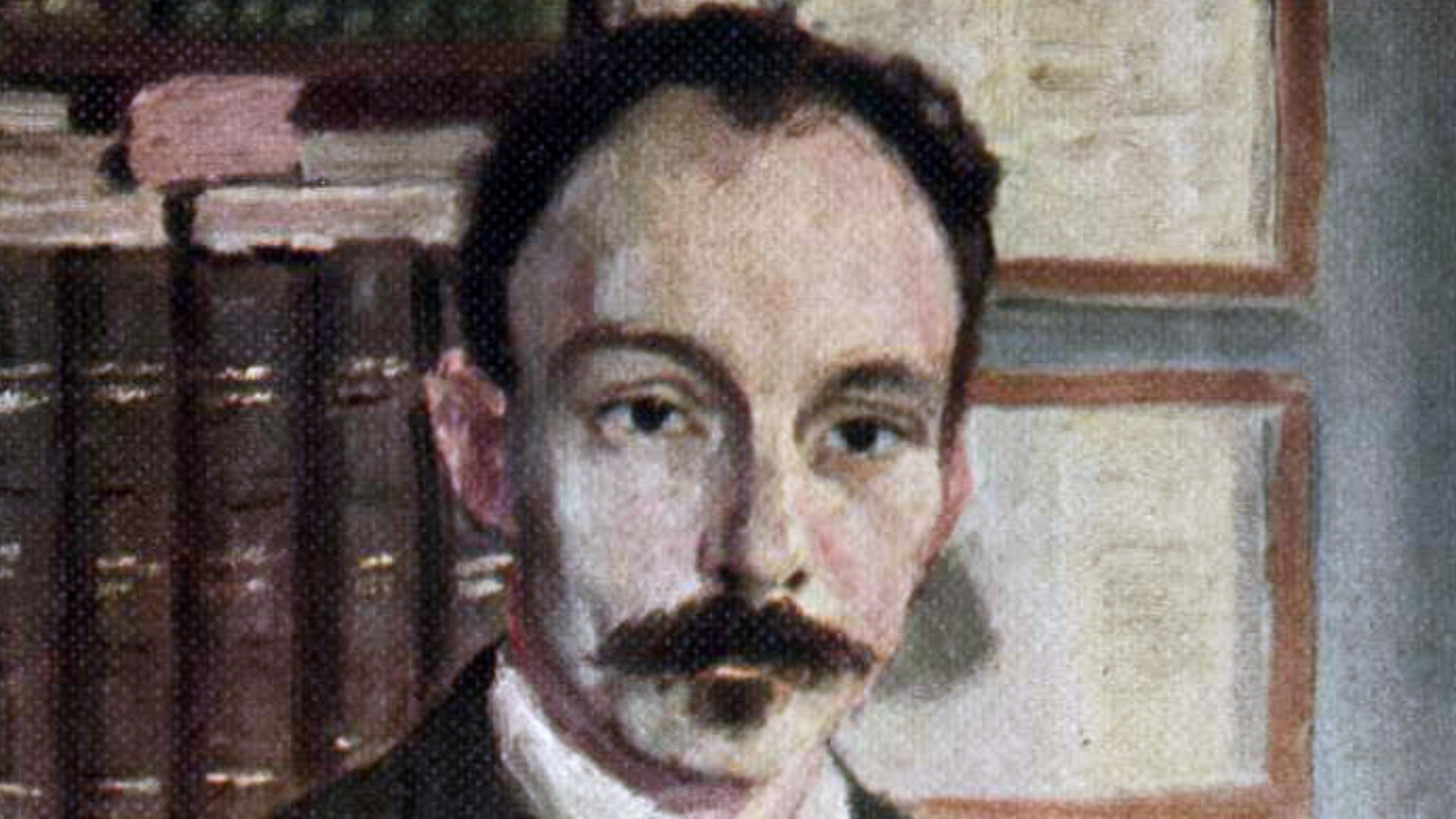 Cuba. Secretaría de Instrucción Pública y Bellas Artes., Wikimedia Commons
Cuba. Secretaría de Instrucción Pública y Bellas Artes., Wikimedia Commons
Lewis Latimer
Lewis Latimer, a Black inventor born to escaped slaves, changed the incandescent light bulb with a durable carbon filament that outshone early designs. His technical drawings for Alexander Graham Bell’s telephone patent were equally critical, yet Edison and Bell claimed the spotlight. Racism and his role as a draftsman buried his name.
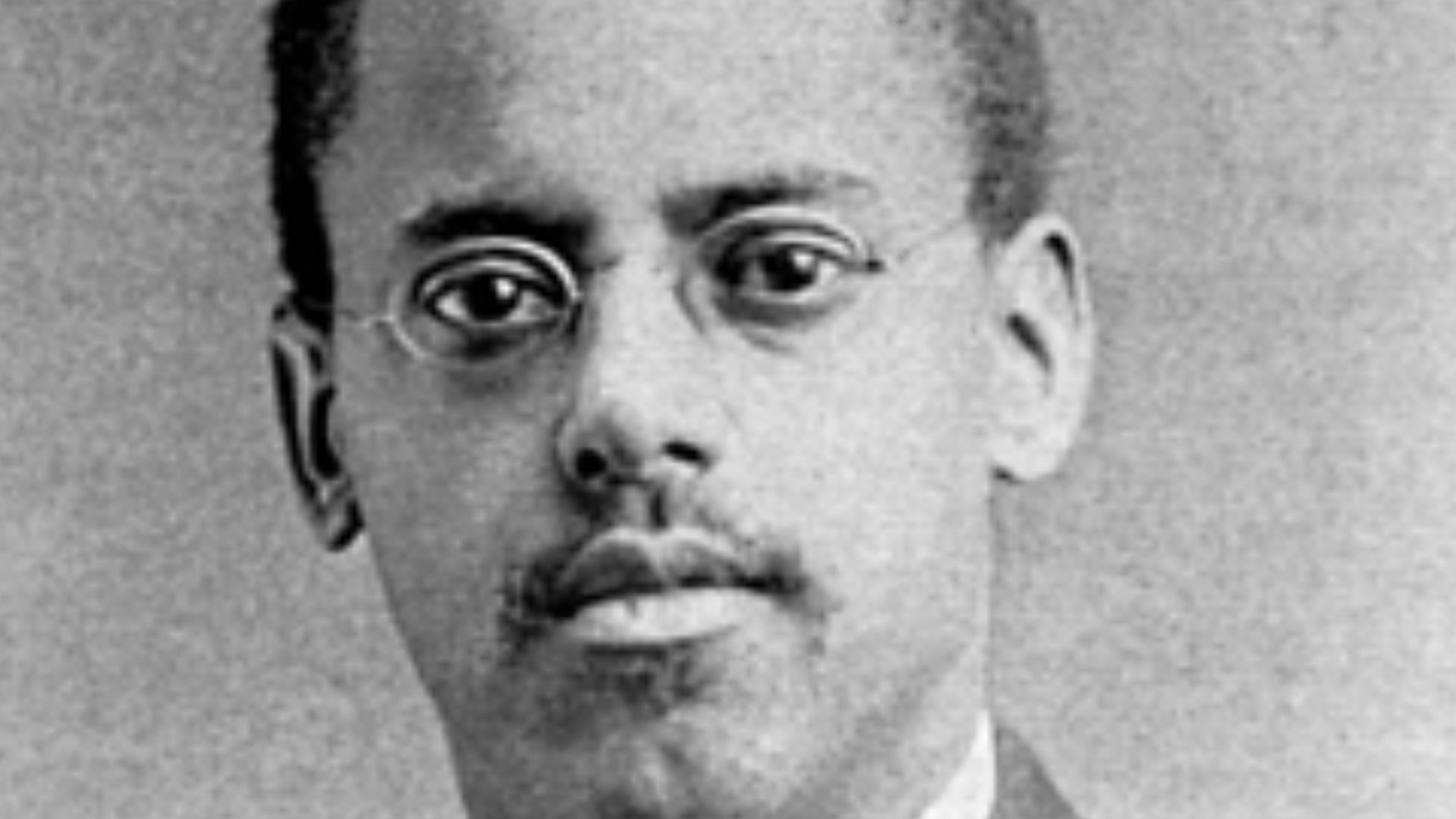 Unknown authorUnknown author, Wikimedia Commons
Unknown authorUnknown author, Wikimedia Commons
Te Puea Herangi
When a flu epidemic ravaged Maori communities in 1918, Te Puea Herangi built a self-sustaining refuge. A fierce advocate for Maori autonomy, she defied colonial authorities and tribal resistance. Her leadership revived Maori culture, but history books outside New Zealand leave her out.
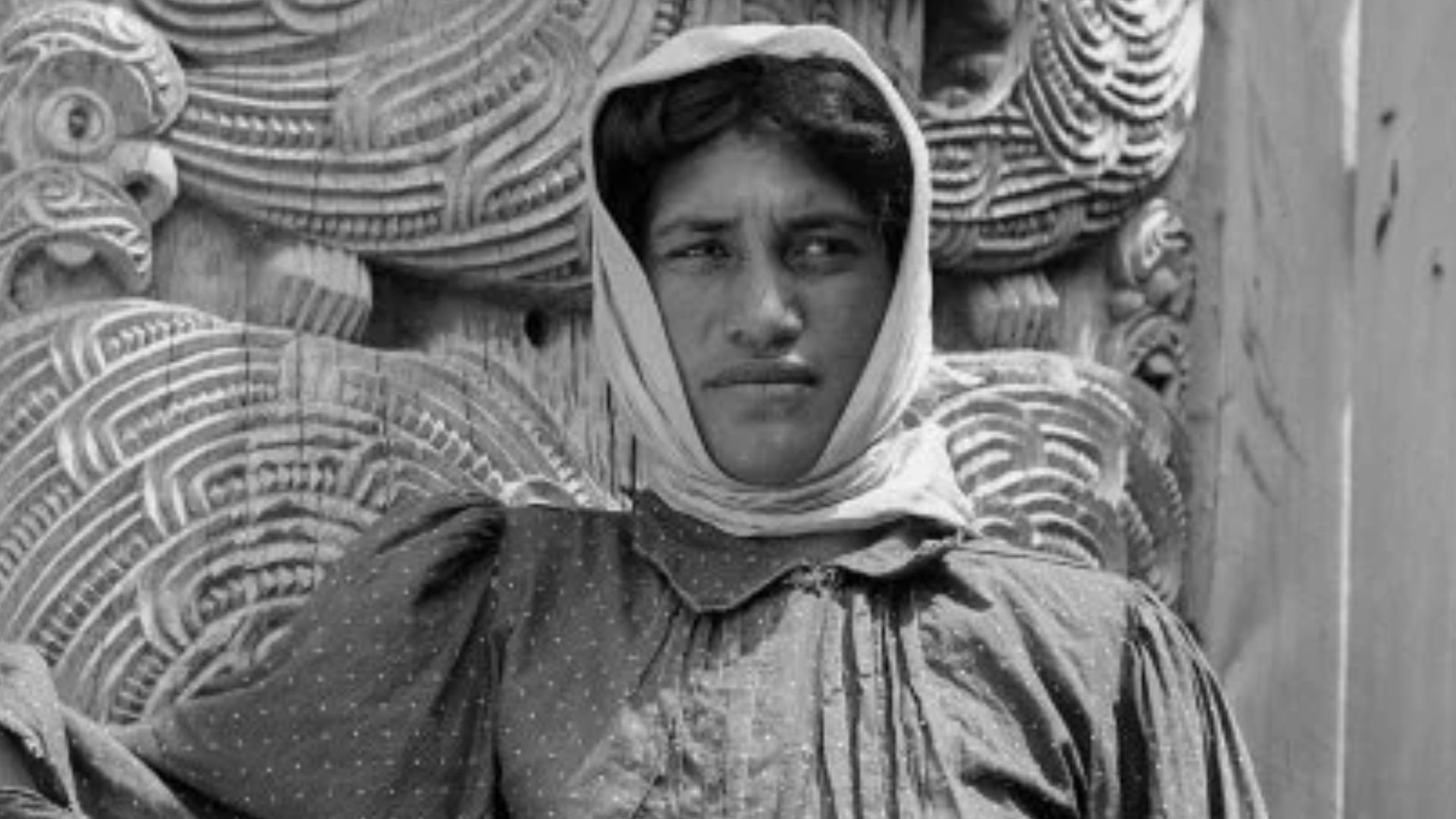 William A Price, Wikimedia Commons
William A Price, Wikimedia Commons
Ignaz Semmelweis
In the 1840s, Ignaz Semmelweis slashed maternal mortality in Vienna’s hospitals by proving handwashing with chlorinated lime reduced deadly infections. His data-driven insight predated germ theory, yet the medical establishment mocked him. His insistence on hygiene saved countless lives, but his peers drove him to obscurity, and he died in an asylum.
 József Borsos / Albert Doctor, Wikimedia Commons
József Borsos / Albert Doctor, Wikimedia Commons
Elisha Gray
On the very same day as Alexander Graham Bell, Elisha Gray submitted his patent caveat for the telephone. Legal technicalities and historical bias handed credit to Bell, but Gray’s designs were strikingly similar. A brilliant inventor of electrical devices, he remains a footnote in a race he might have actually won.
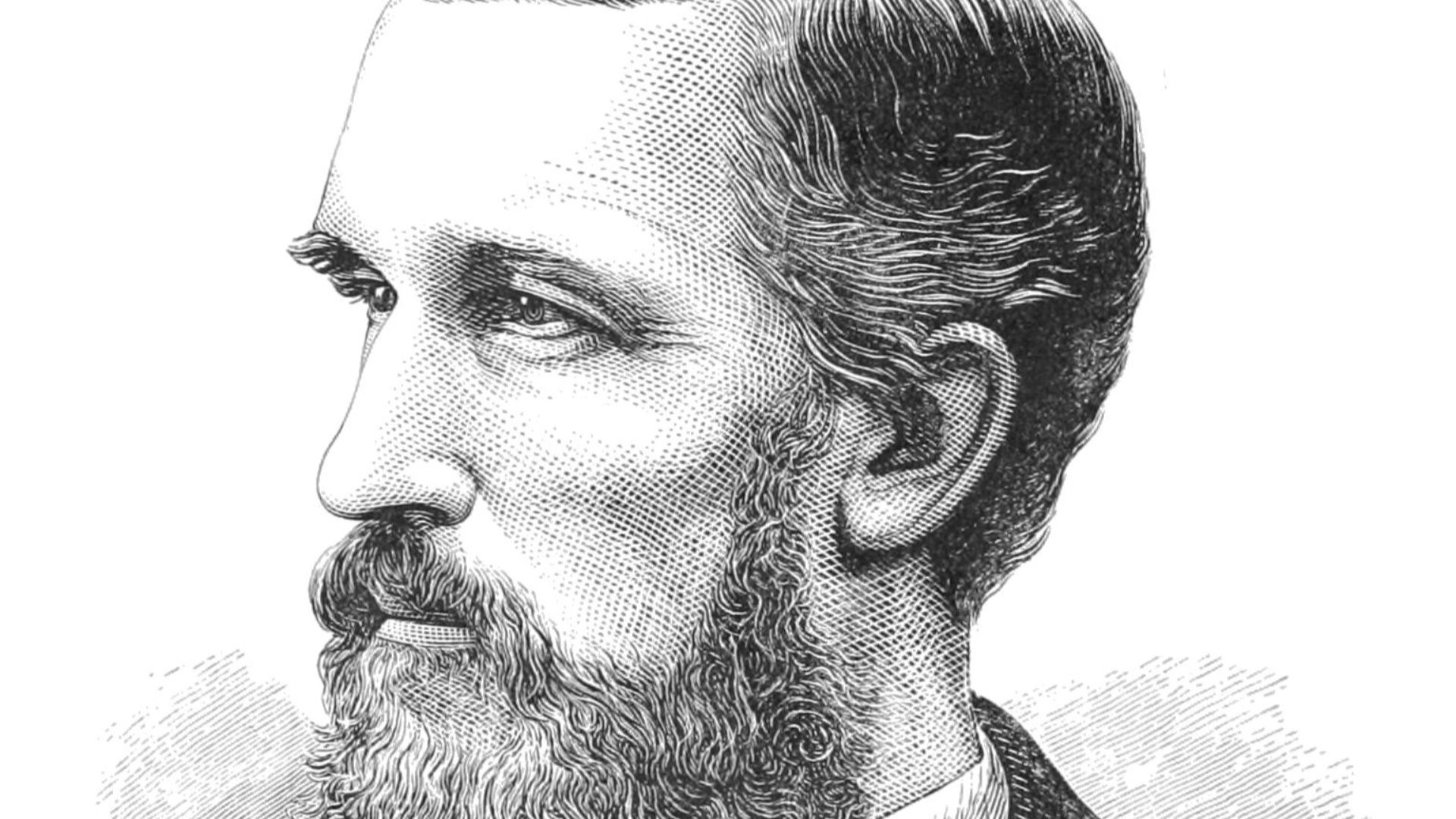 Unknown authorUnknown author, Wikimedia Commons
Unknown authorUnknown author, Wikimedia Commons
Hazel Scott
A prodigy at Juilliard and a jazz star in her 20s, Hazel Scott dazzled with classical-meets-swing piano and refused to perform before segregated audiences. Blacklisted during McCarthyism, her career stalled but not her convictions. She fought for justice with elegance and fire.
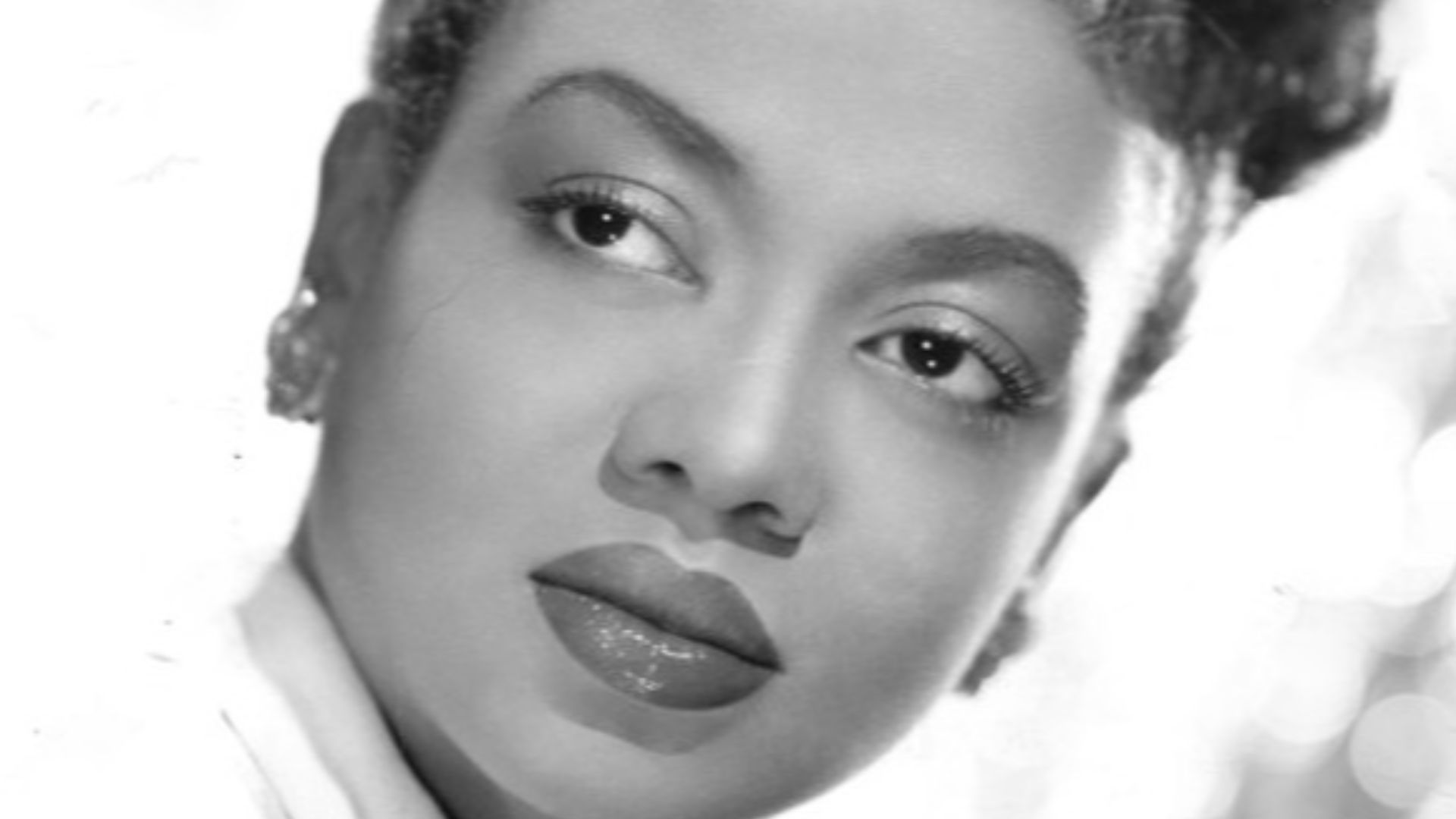 James J. Kriegsmann, Wikimedia Commons
James J. Kriegsmann, Wikimedia Commons

